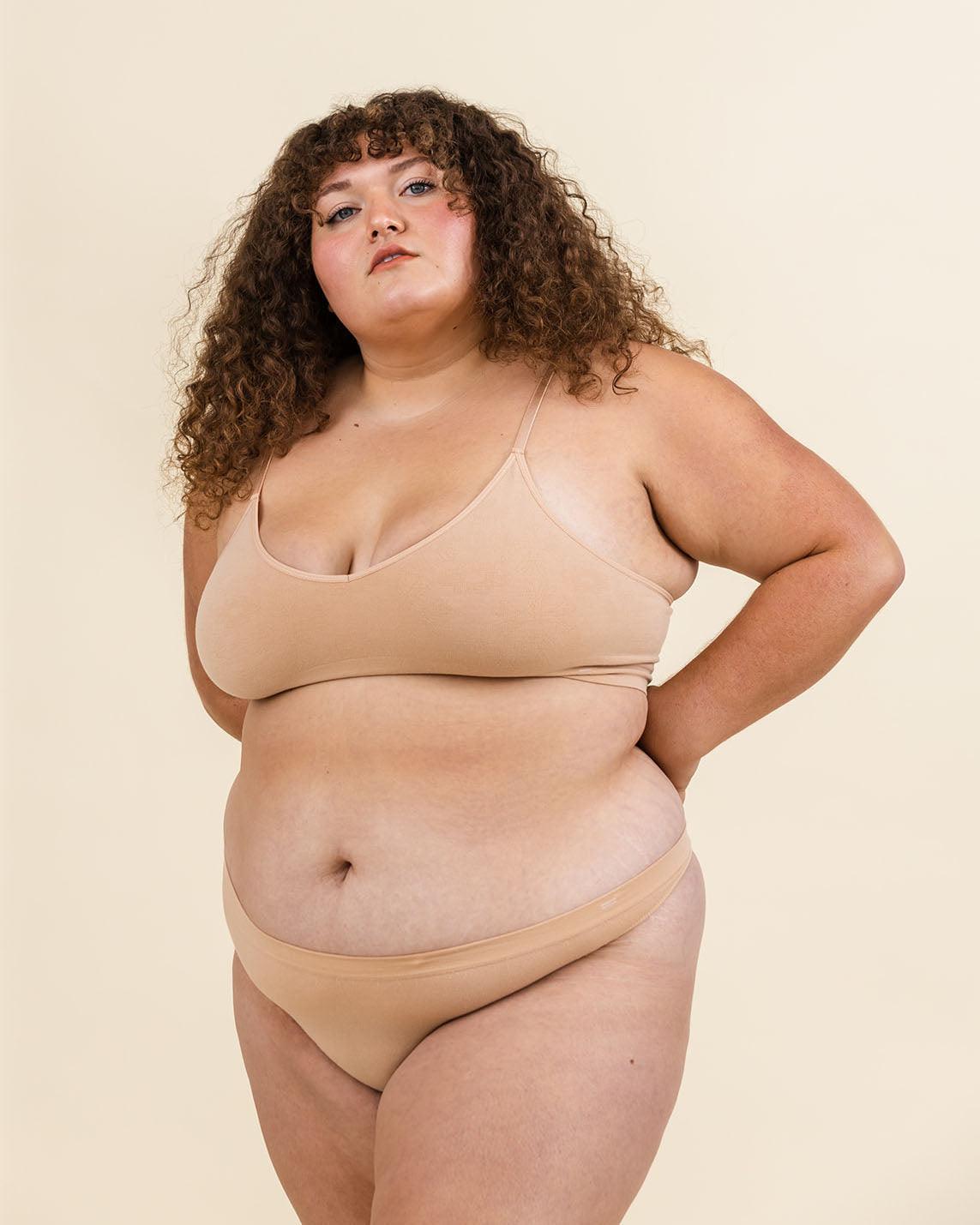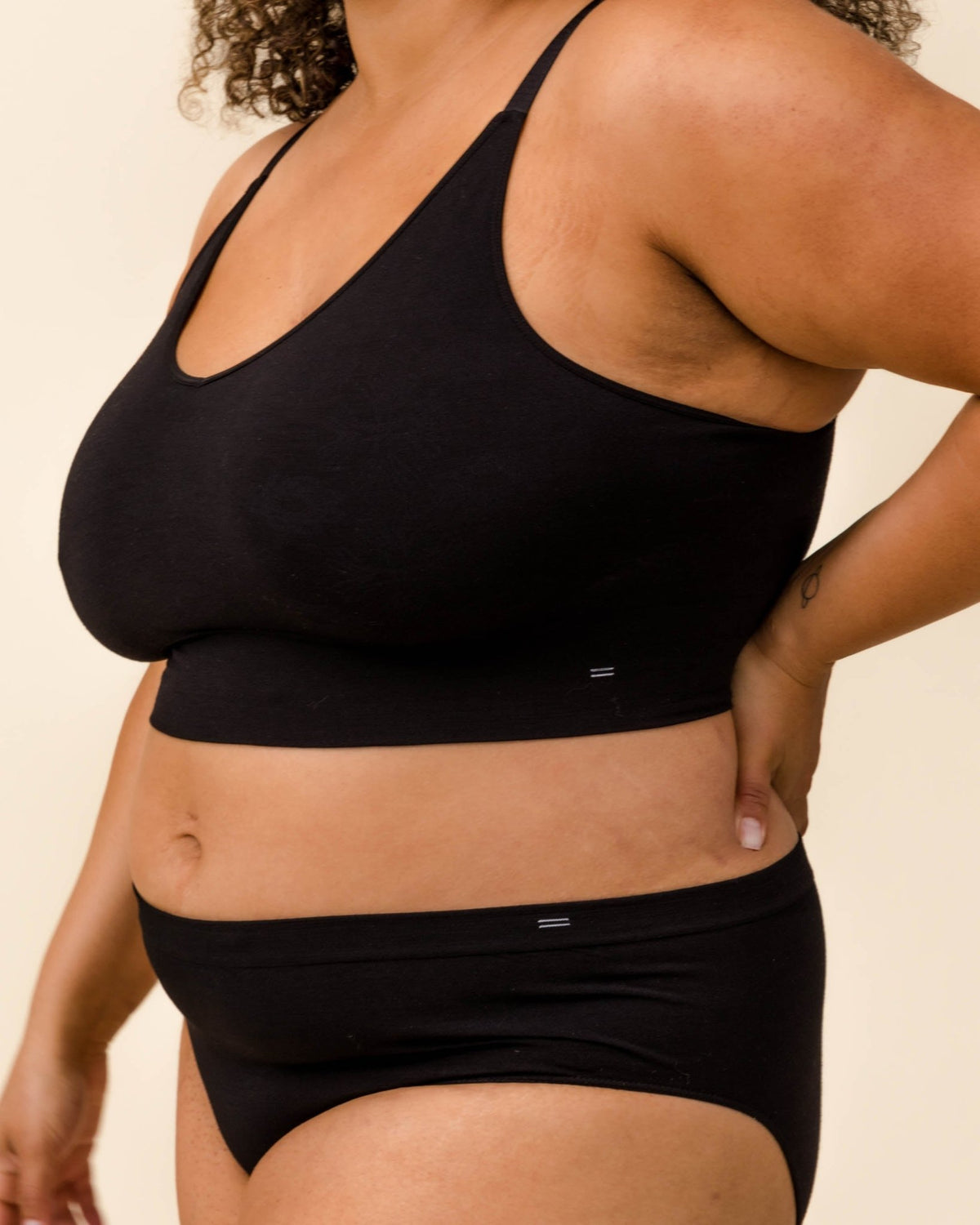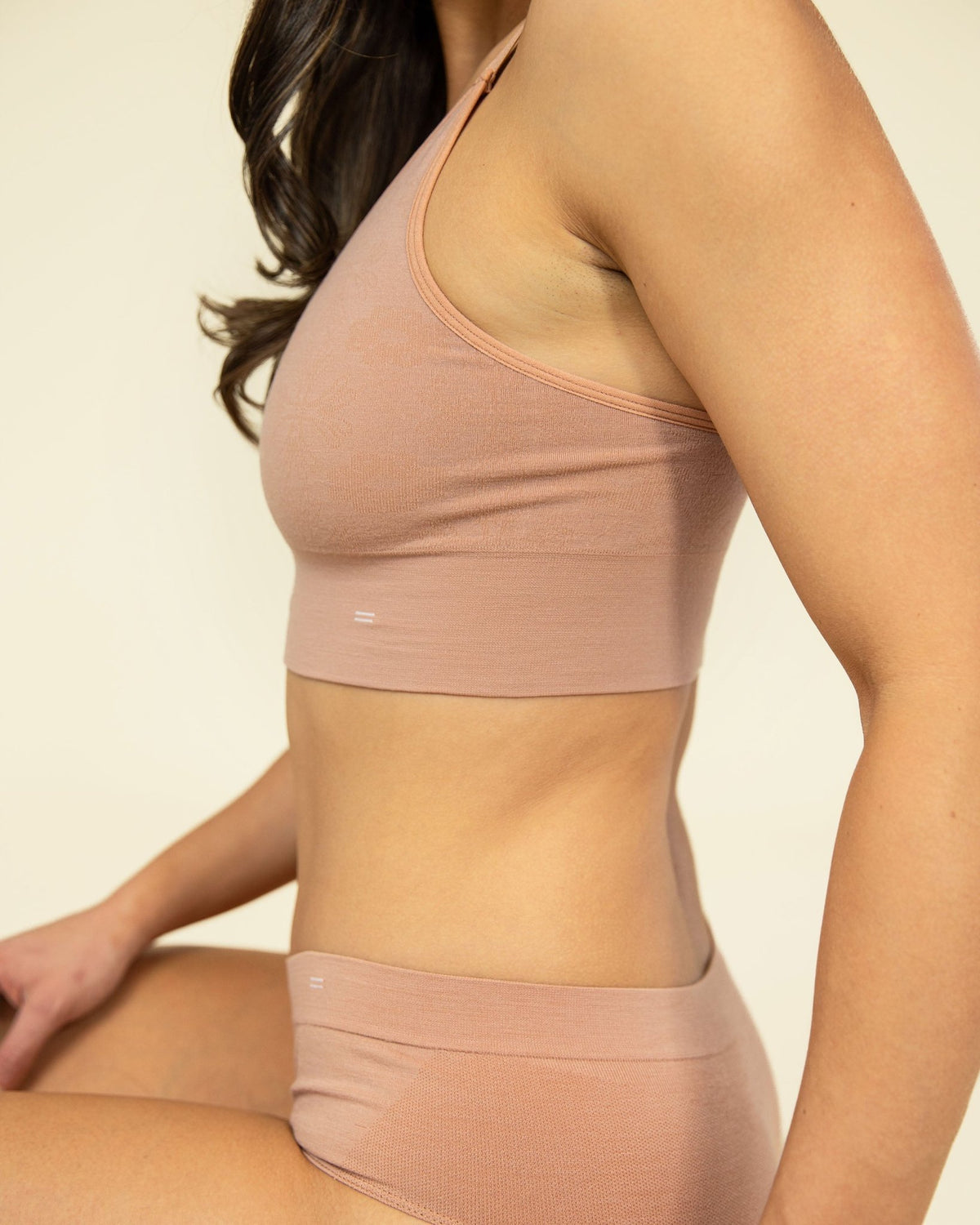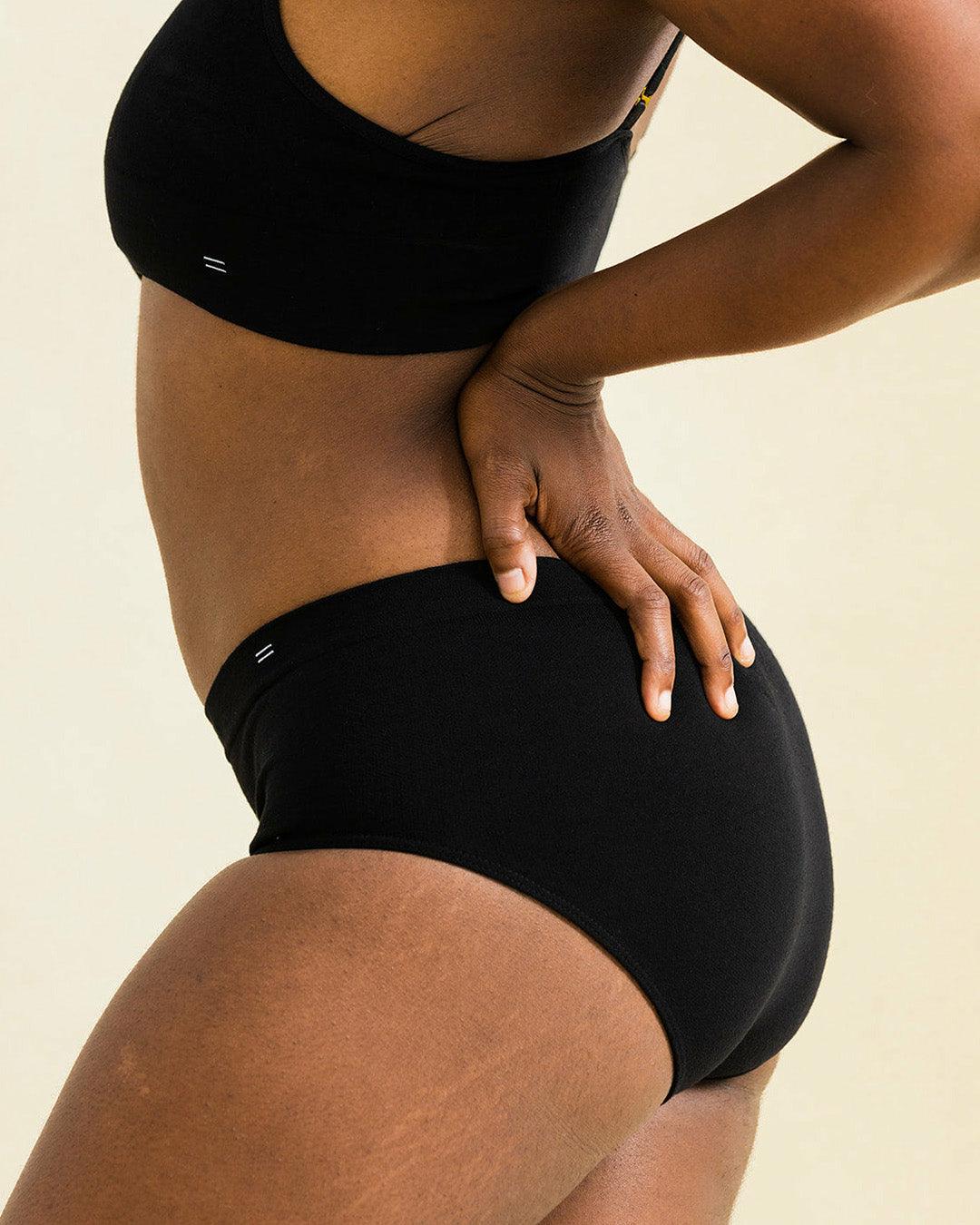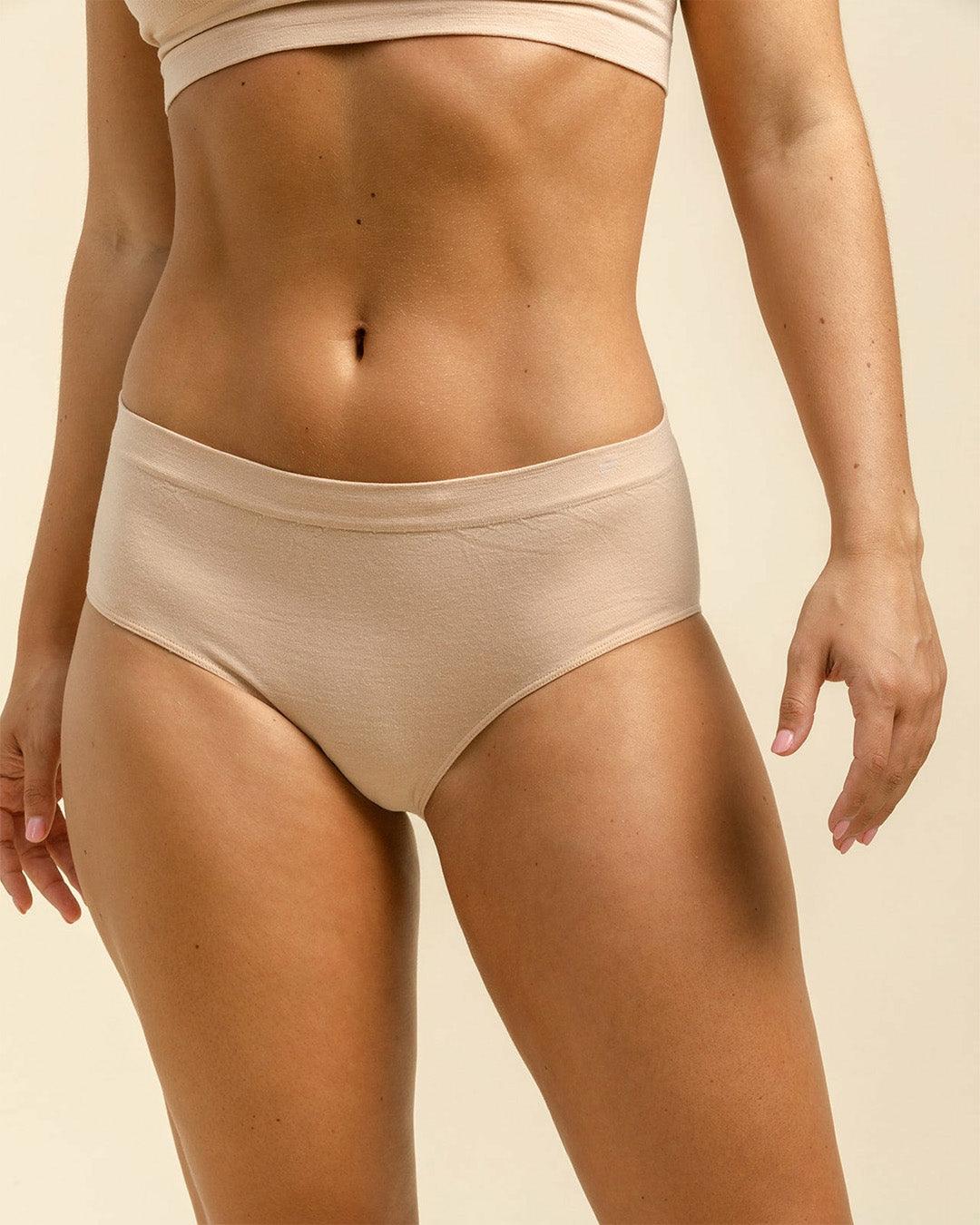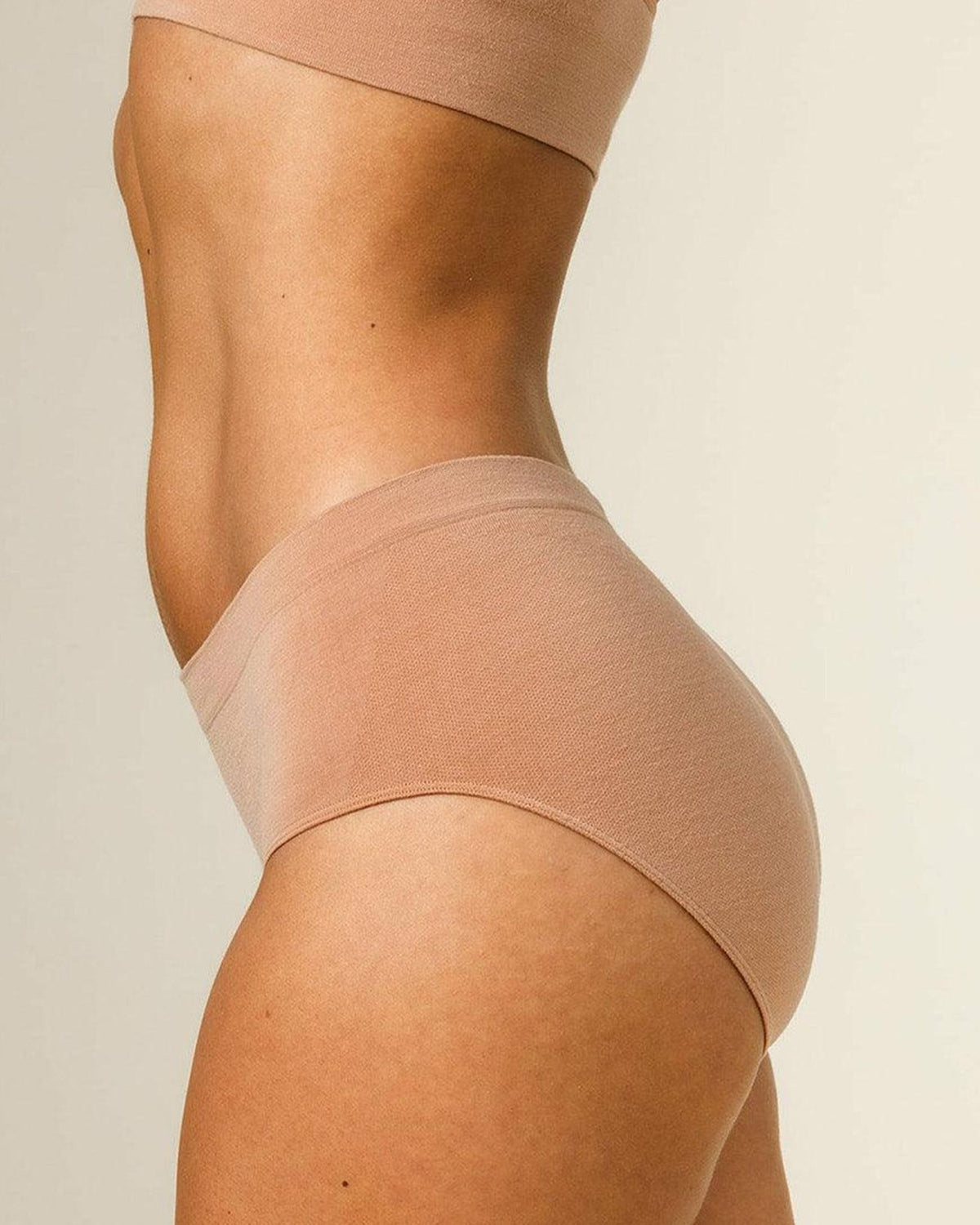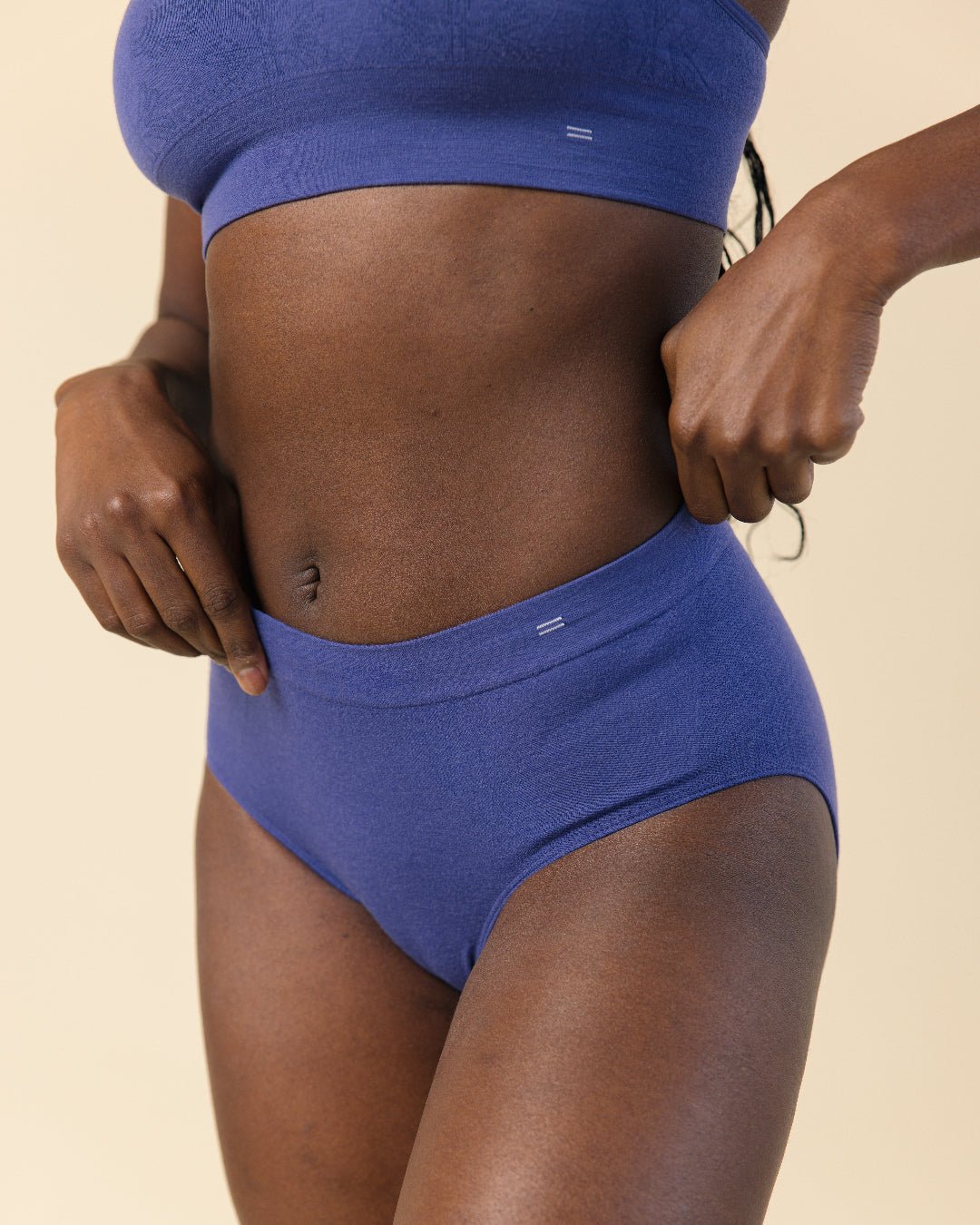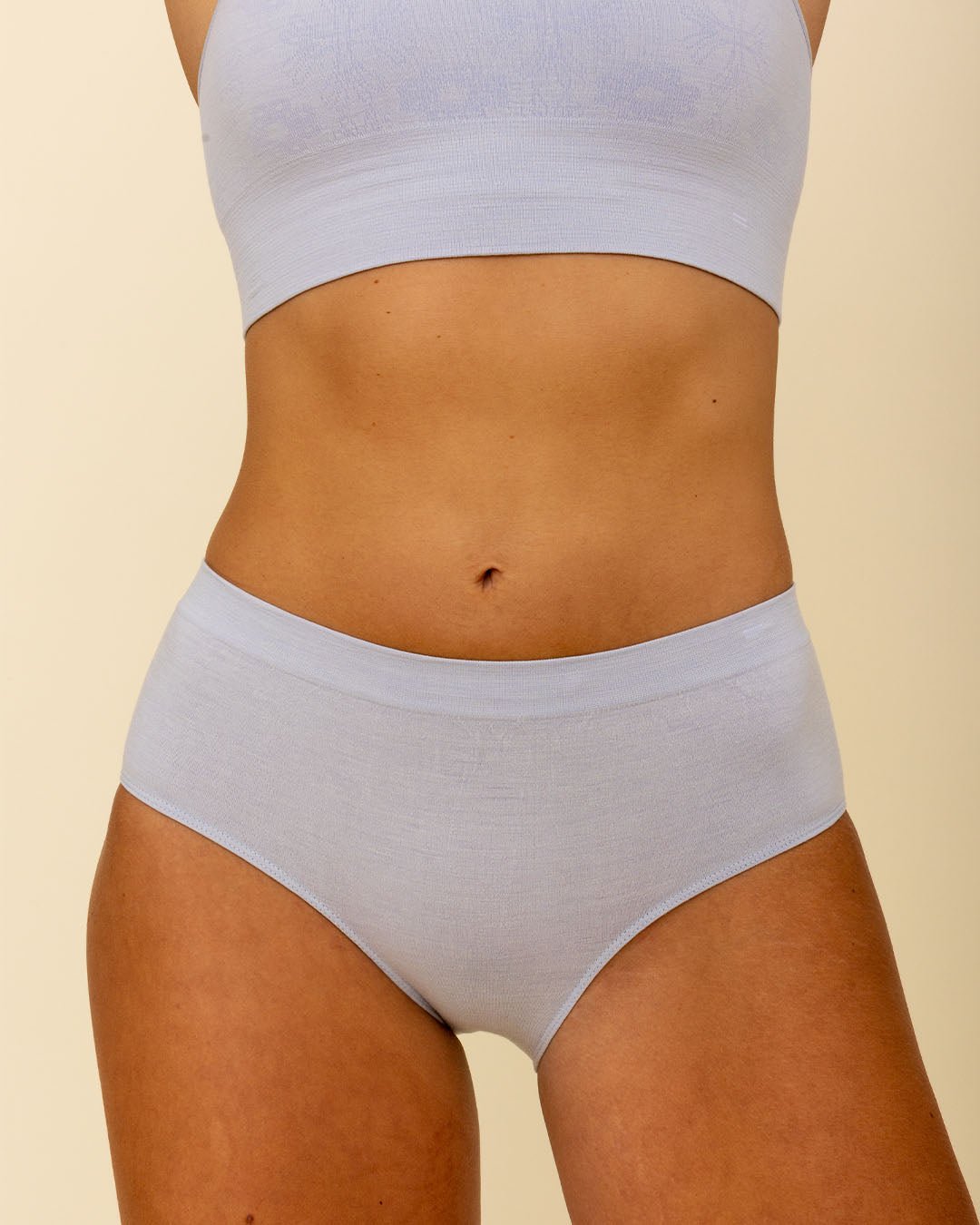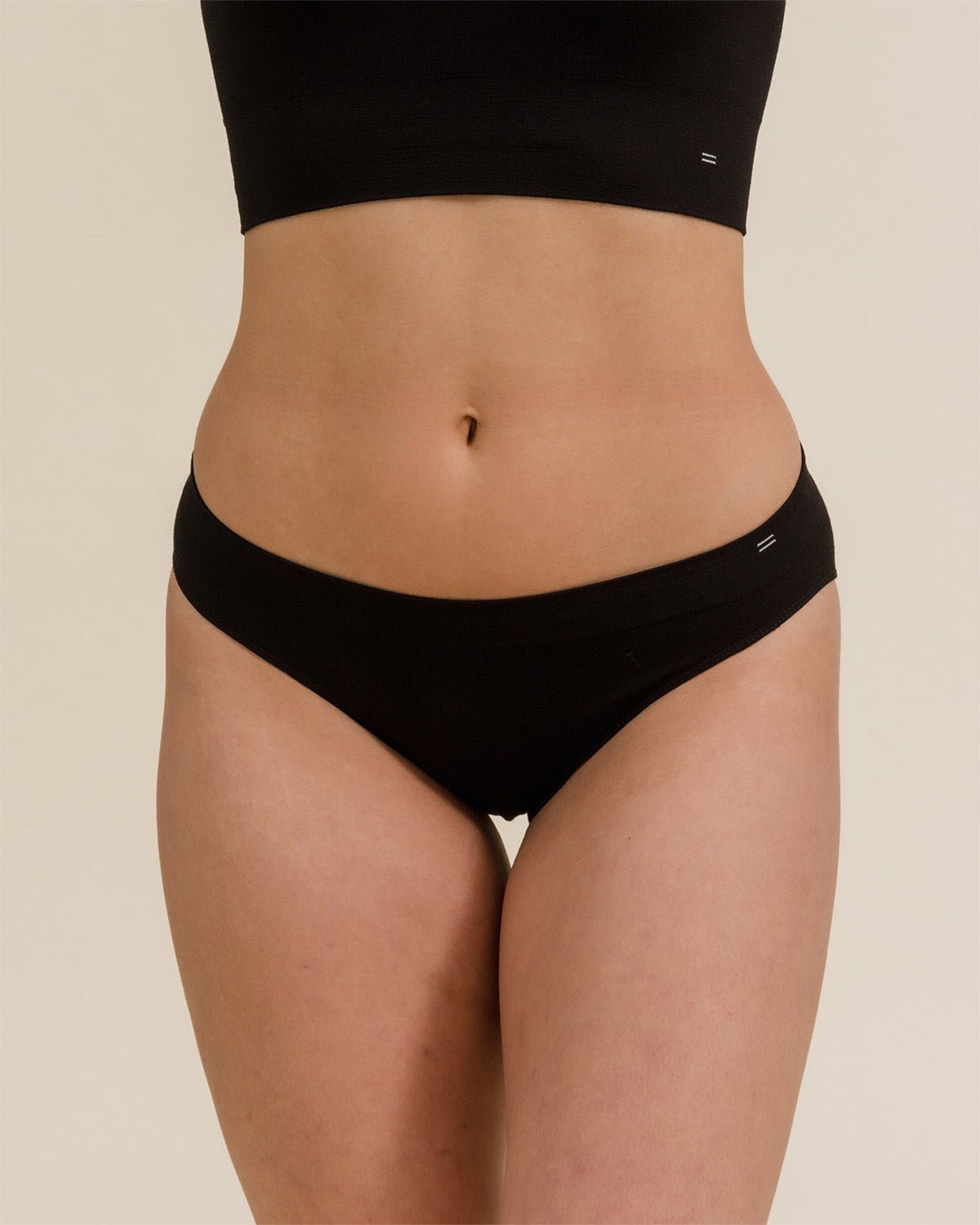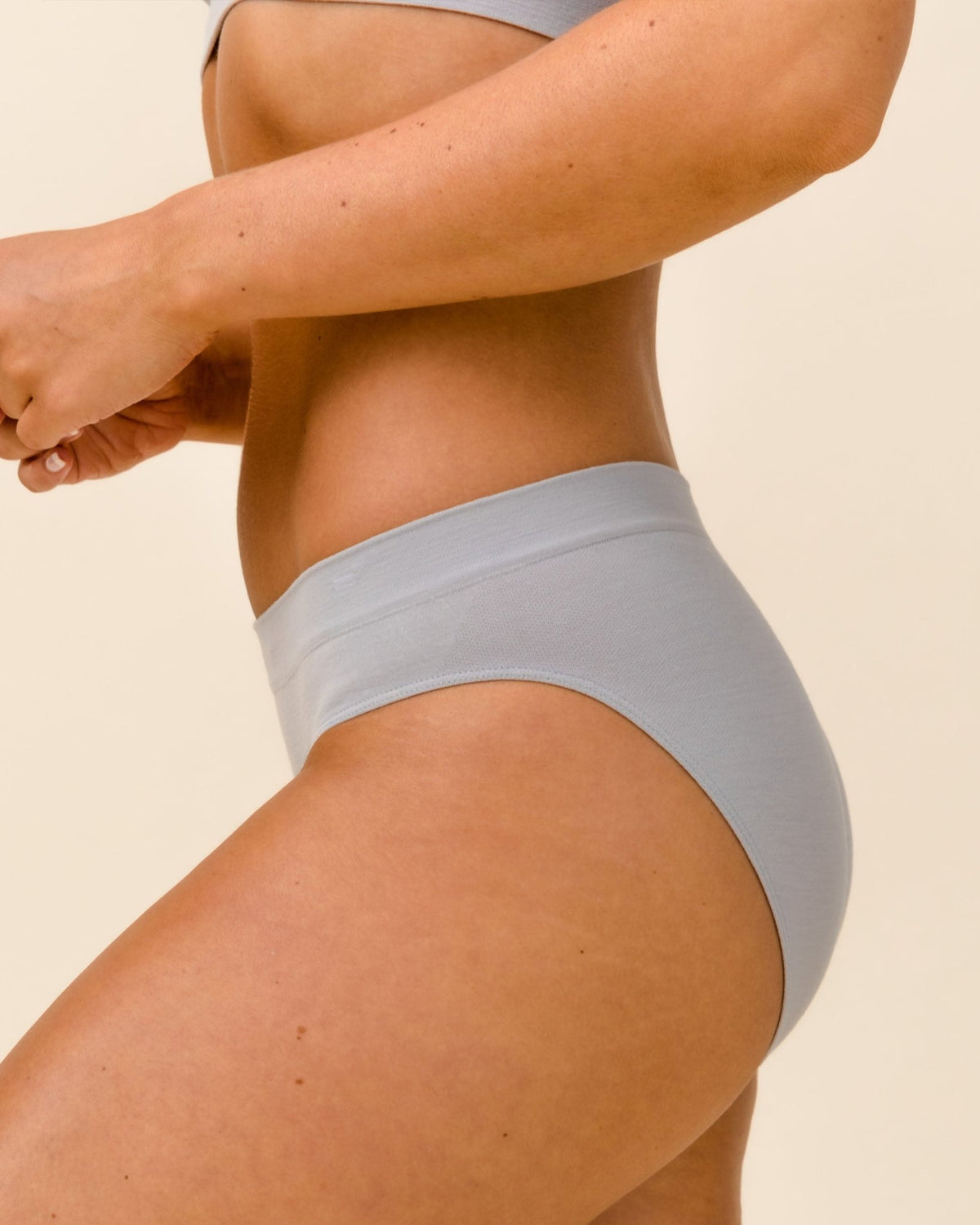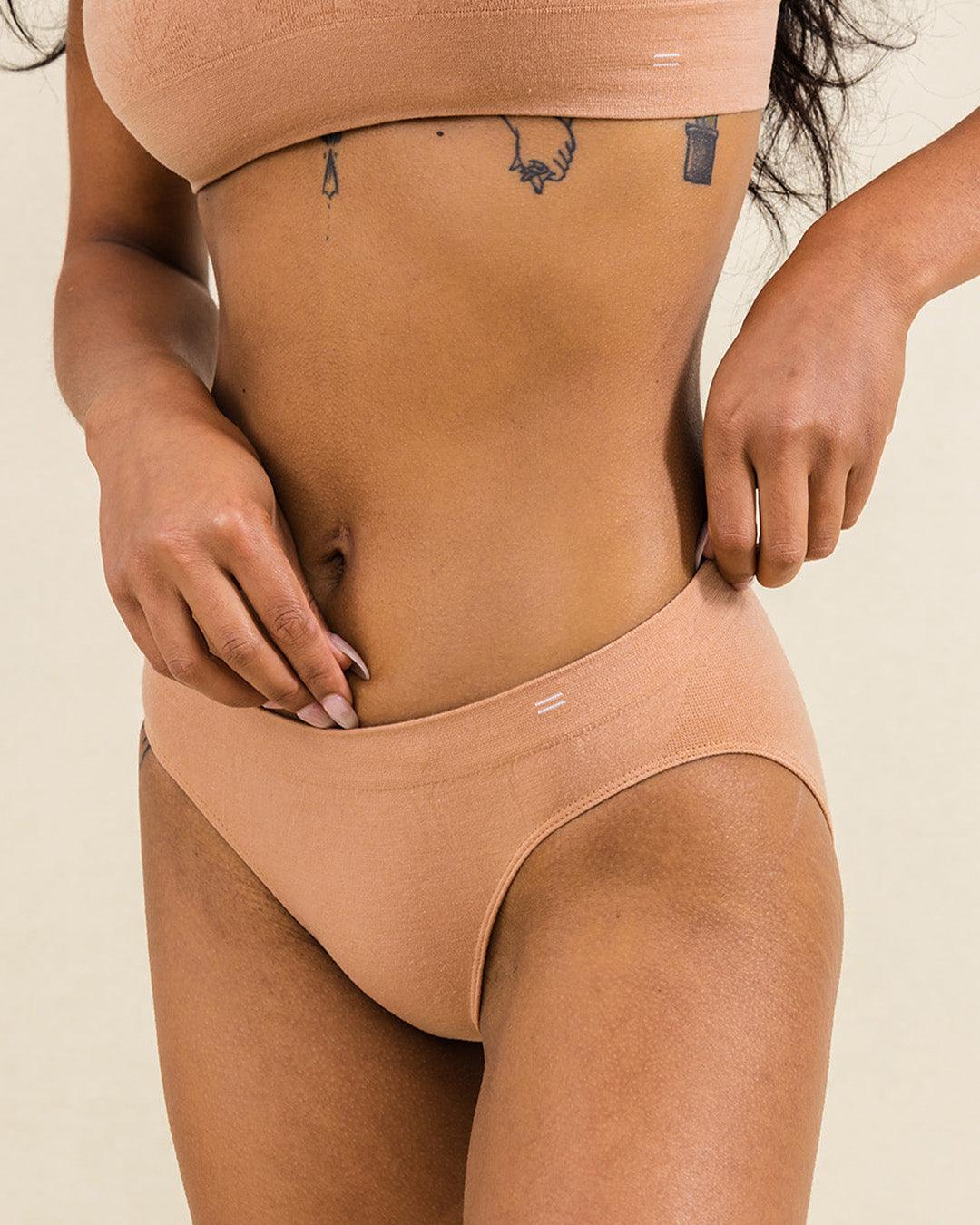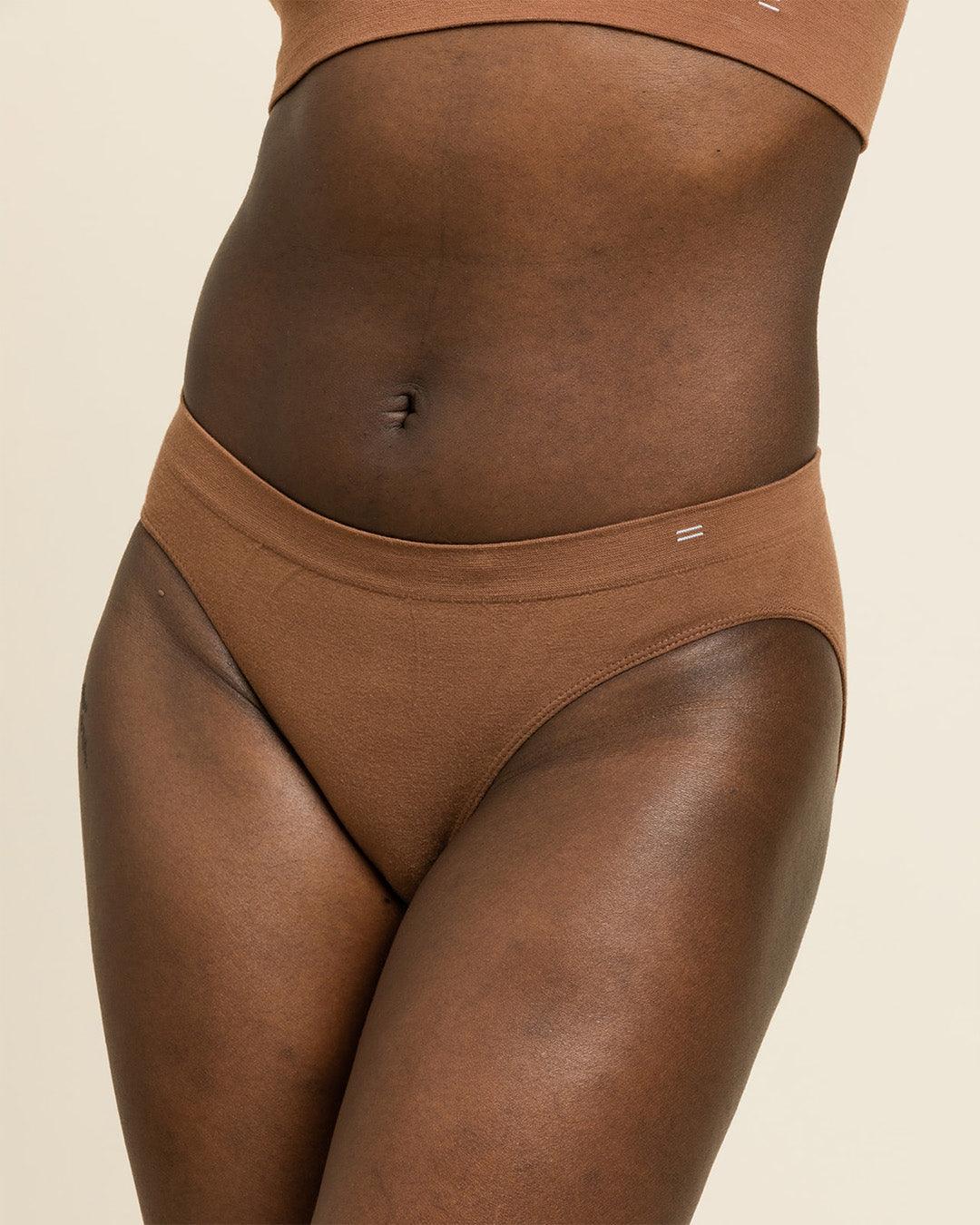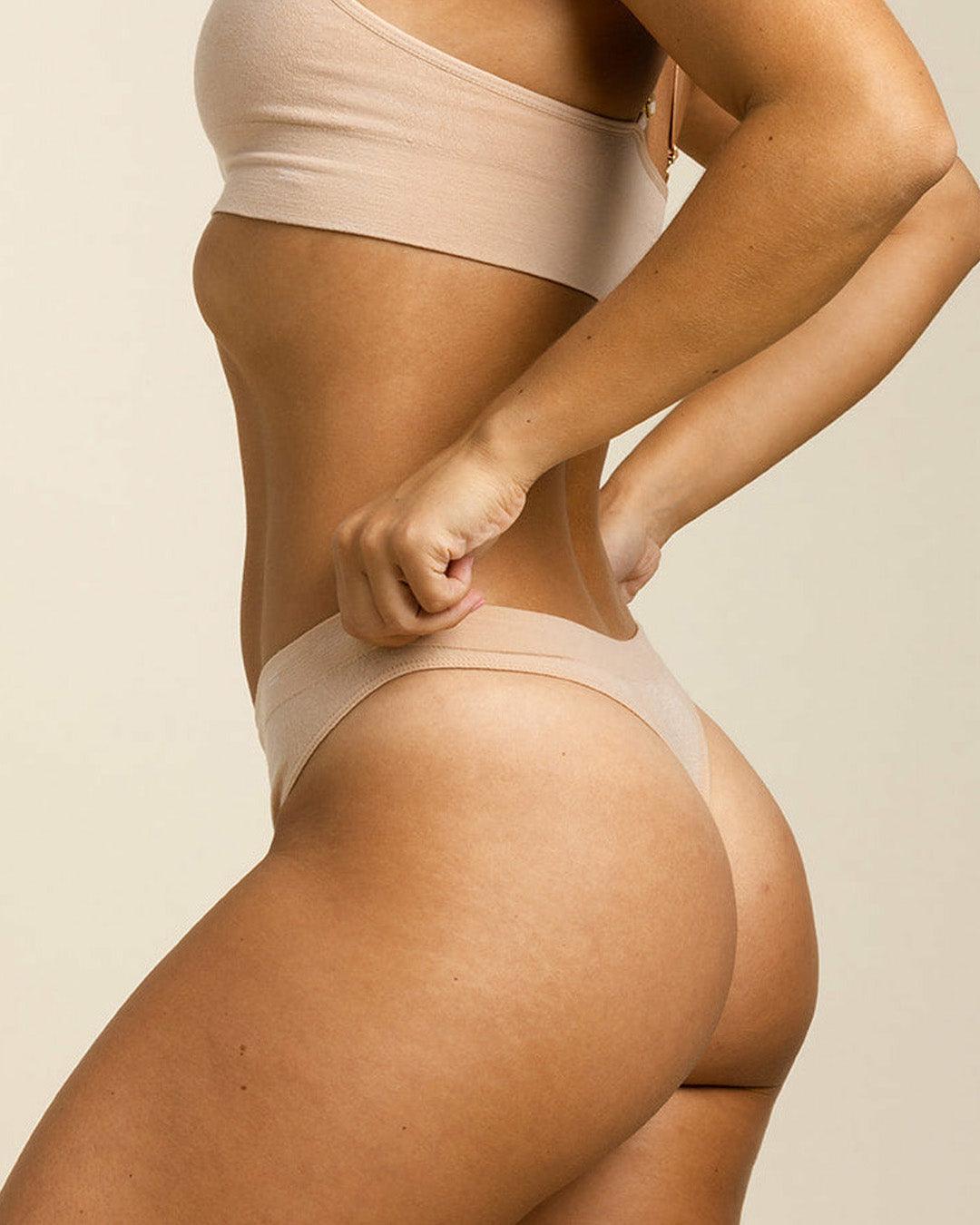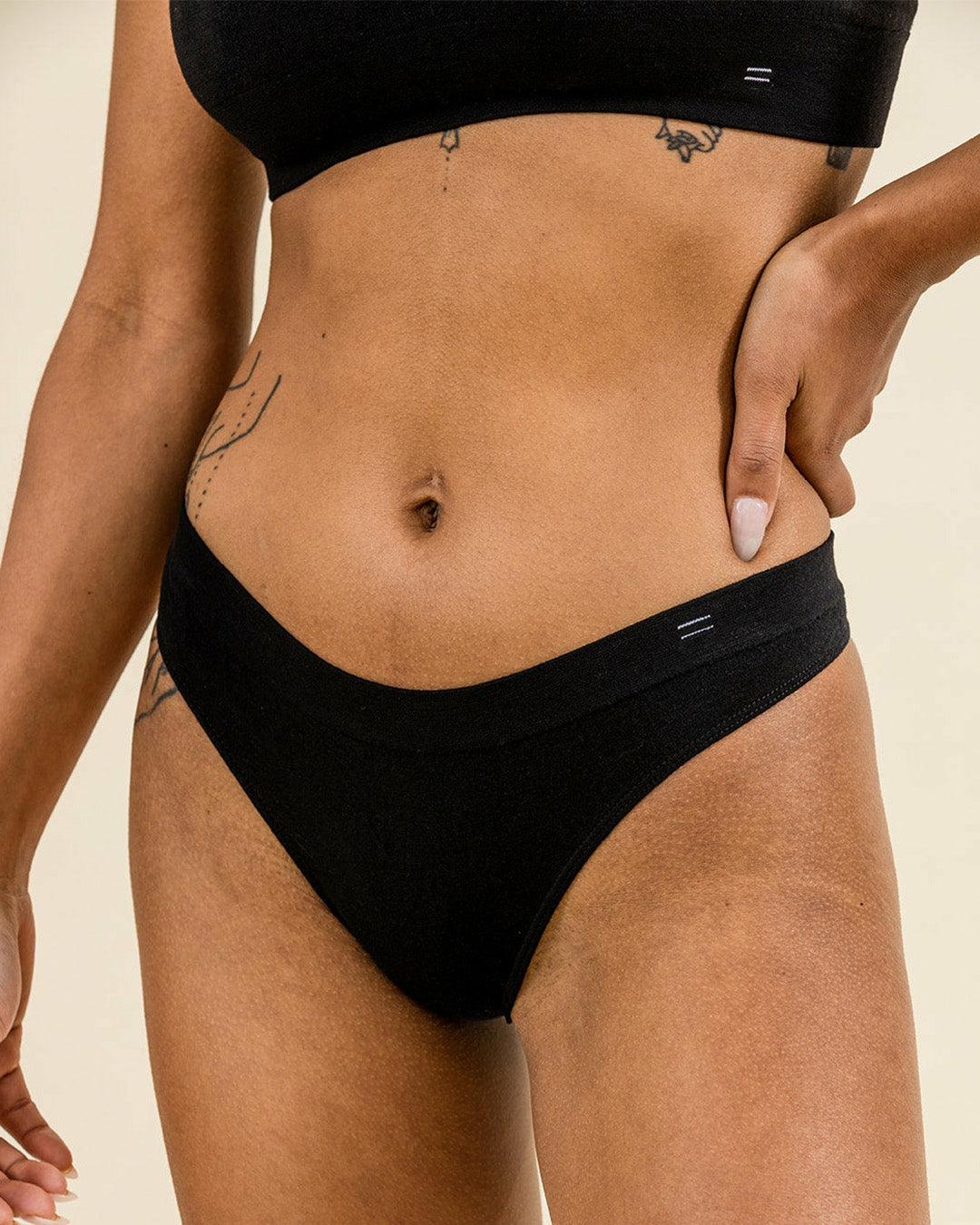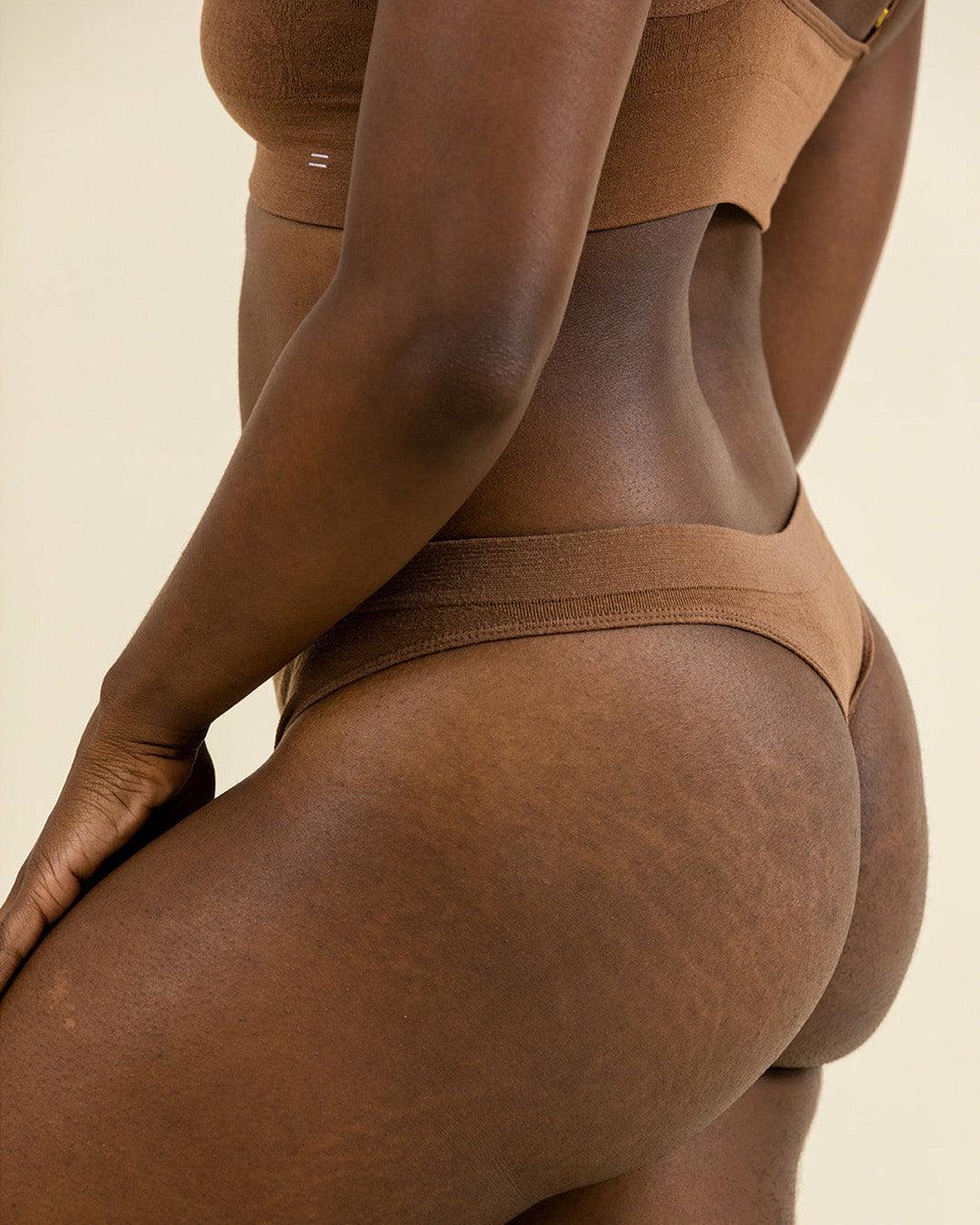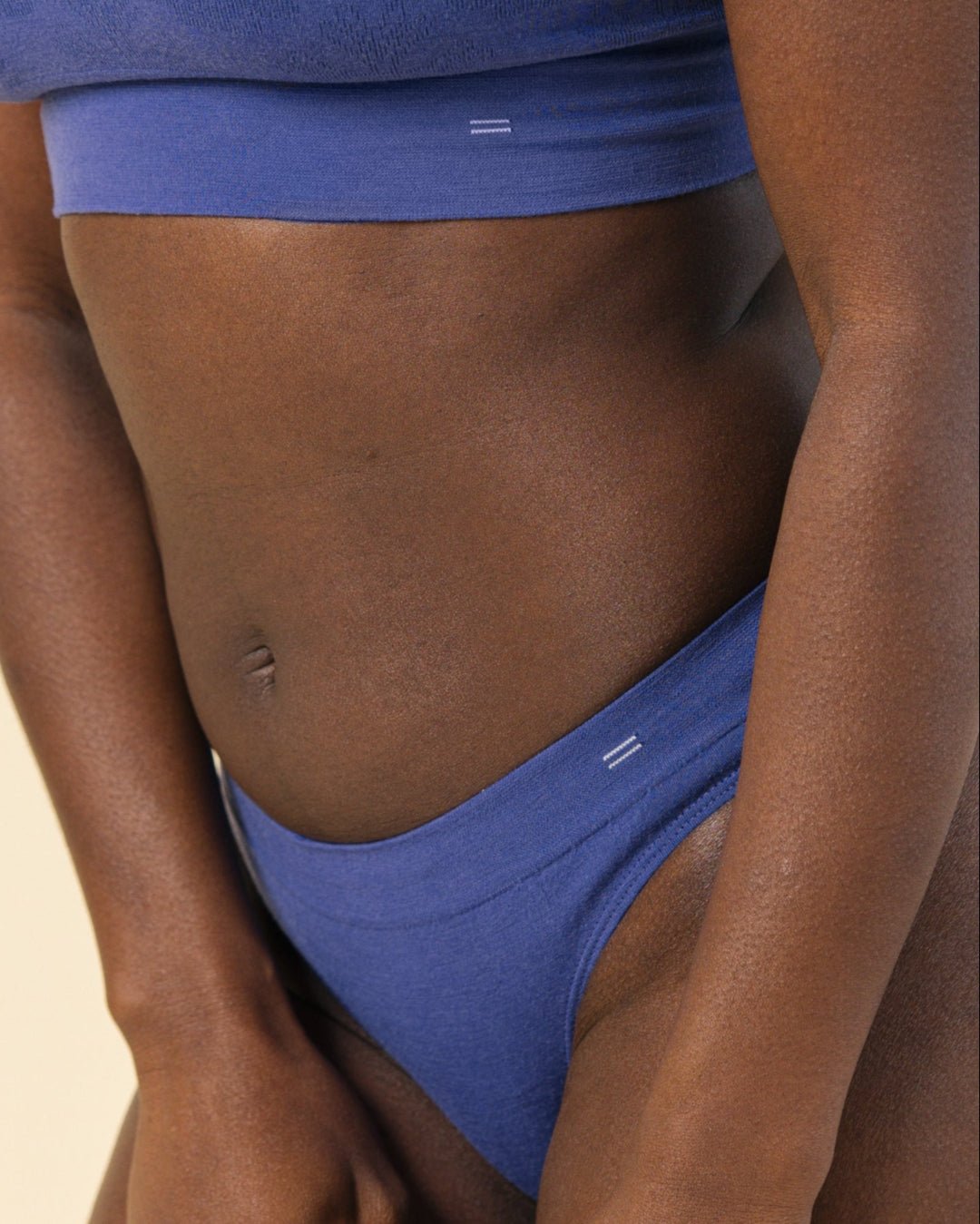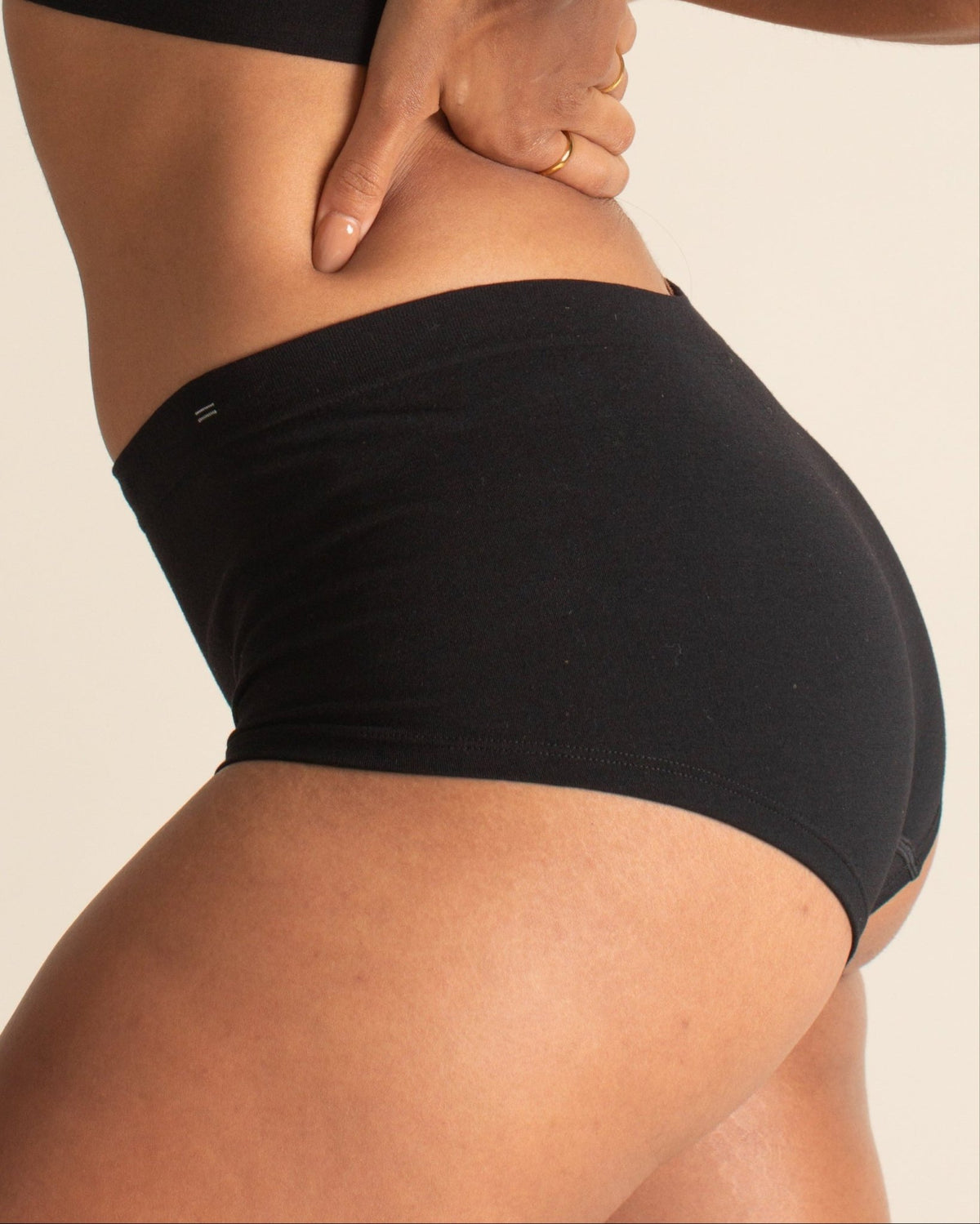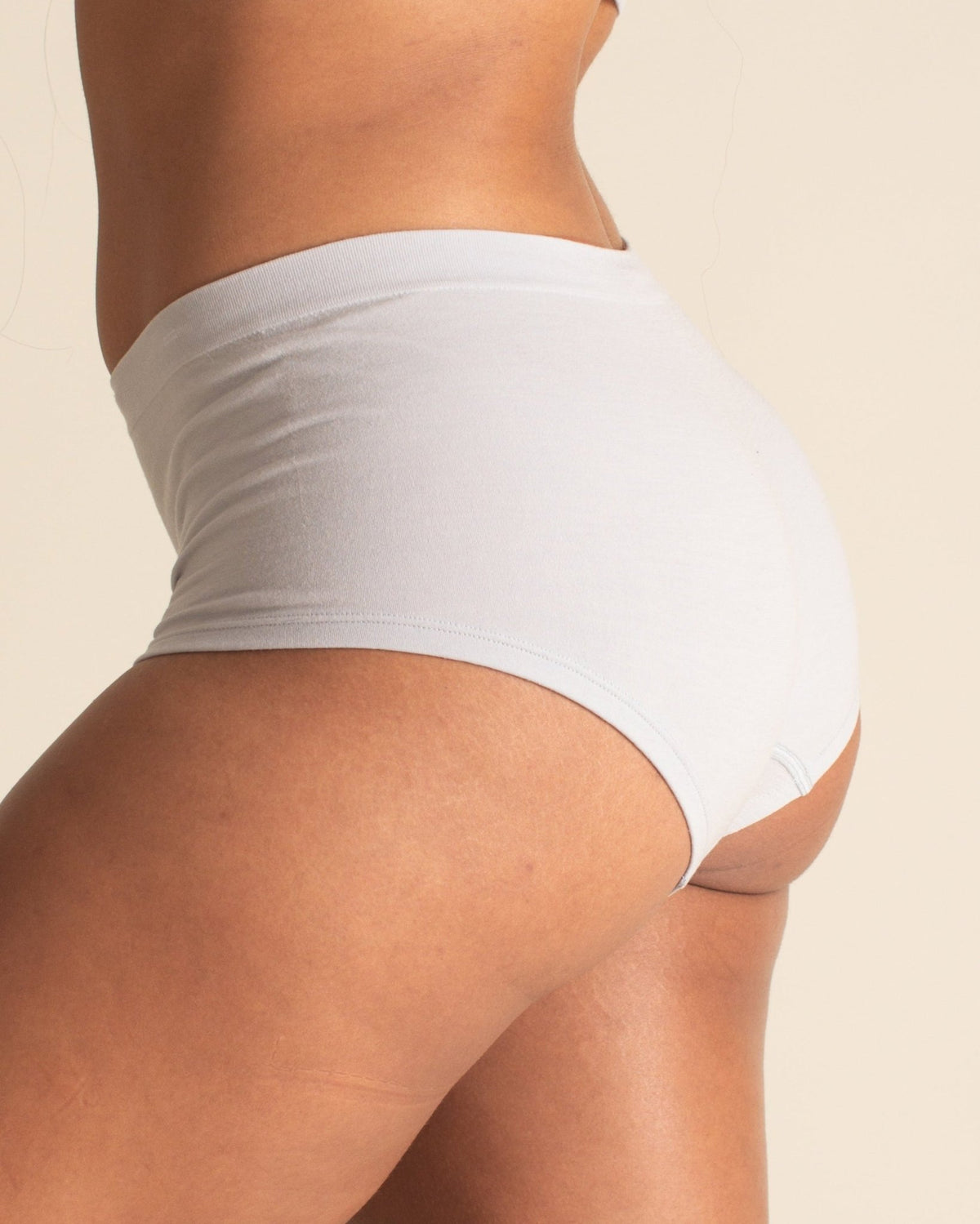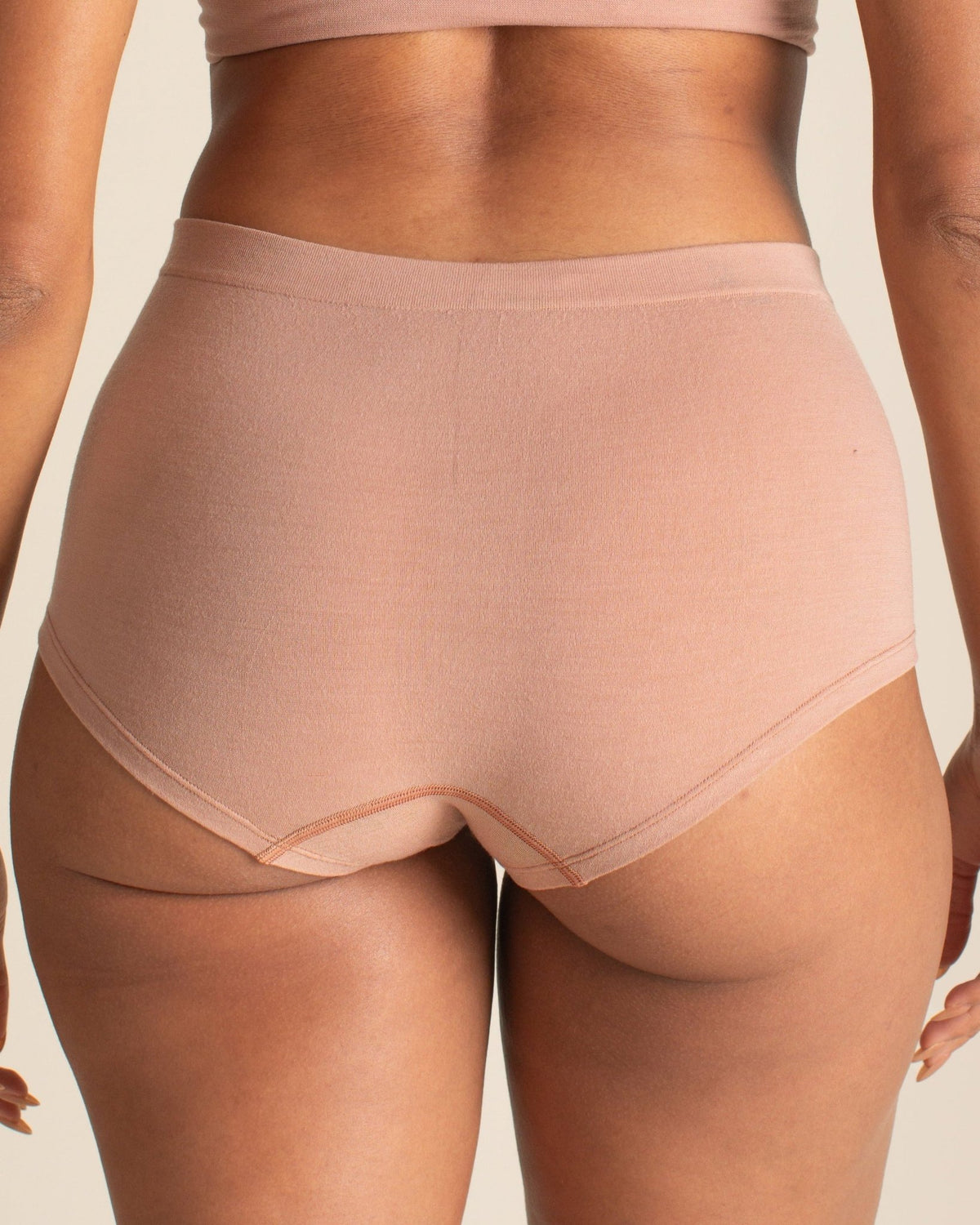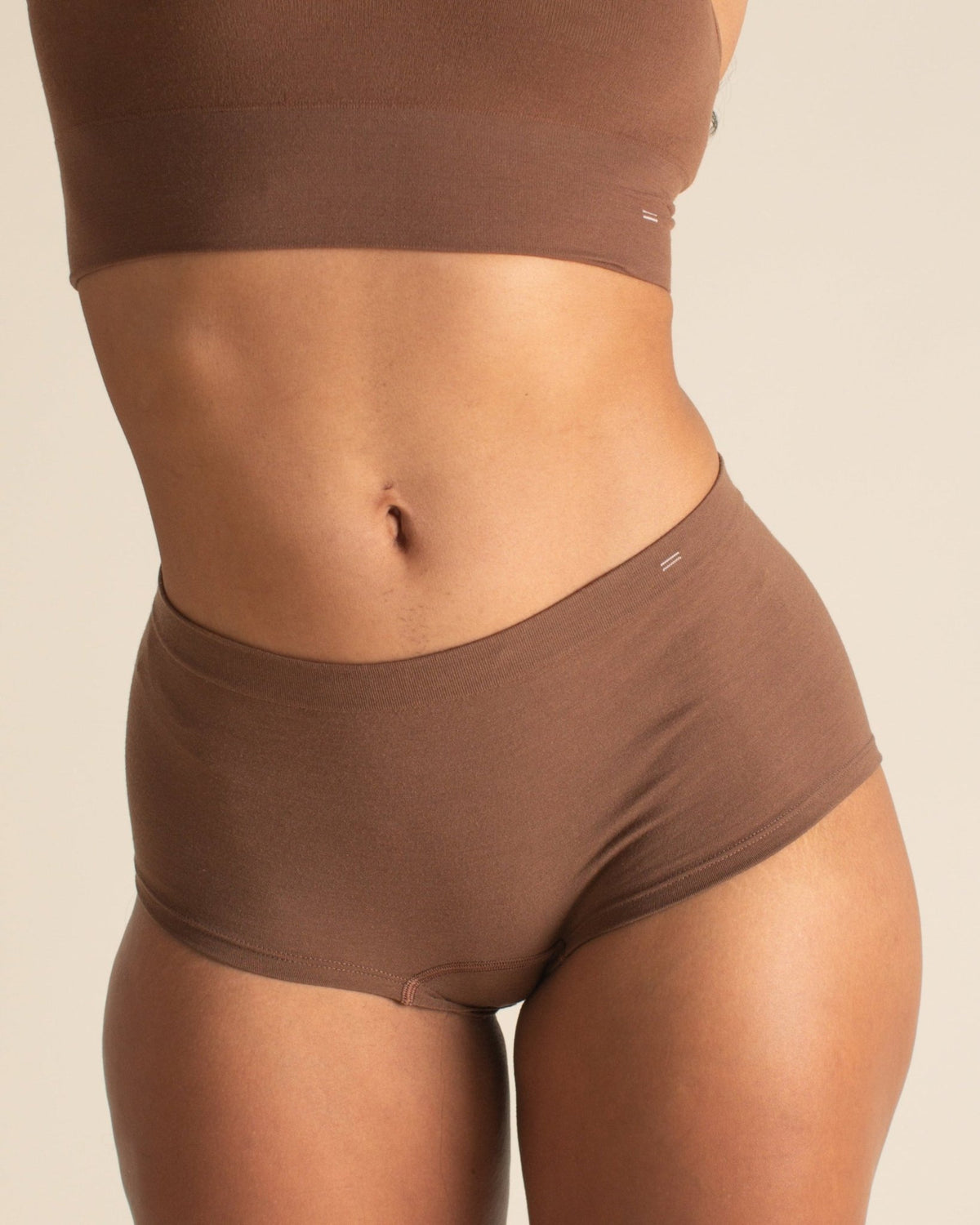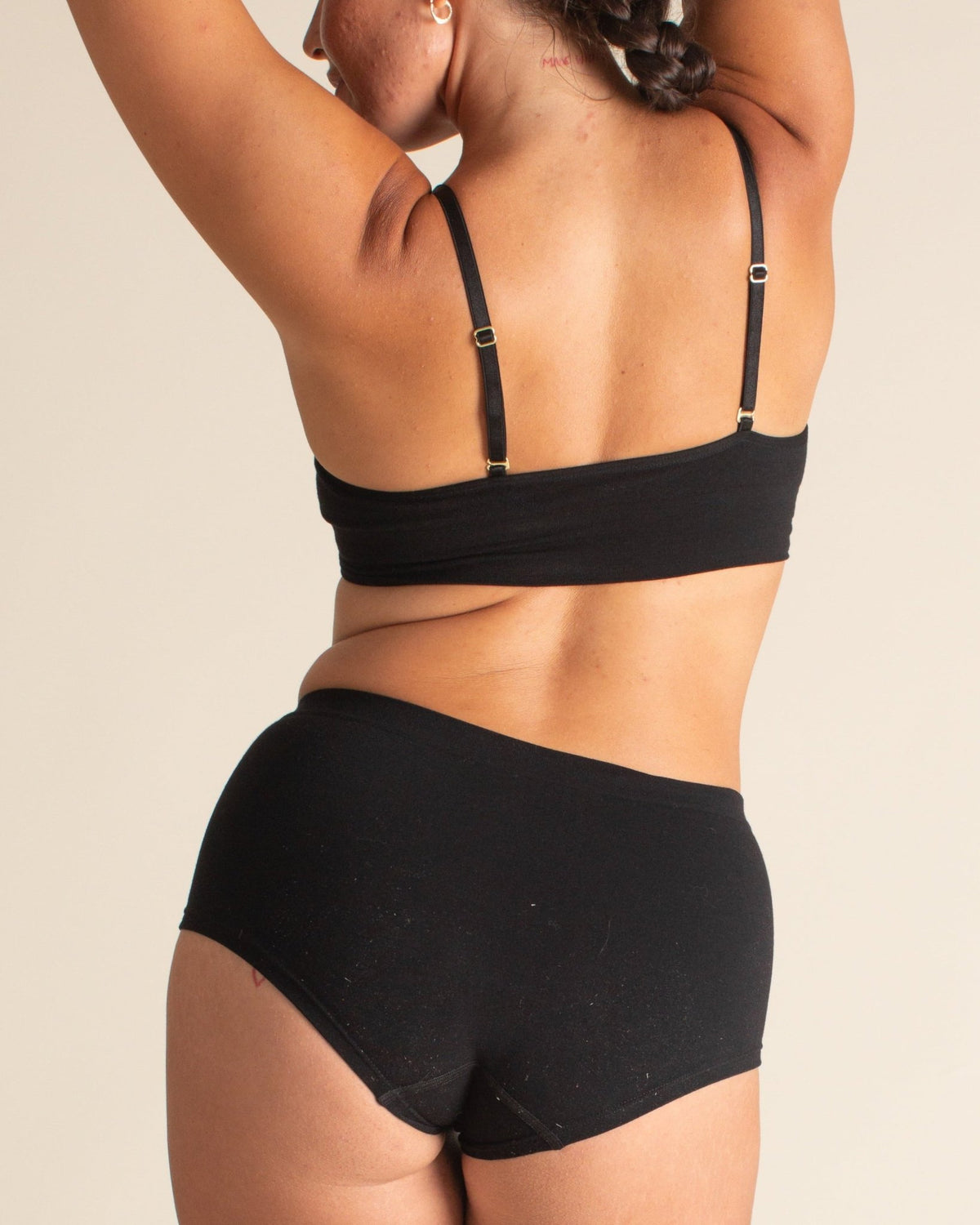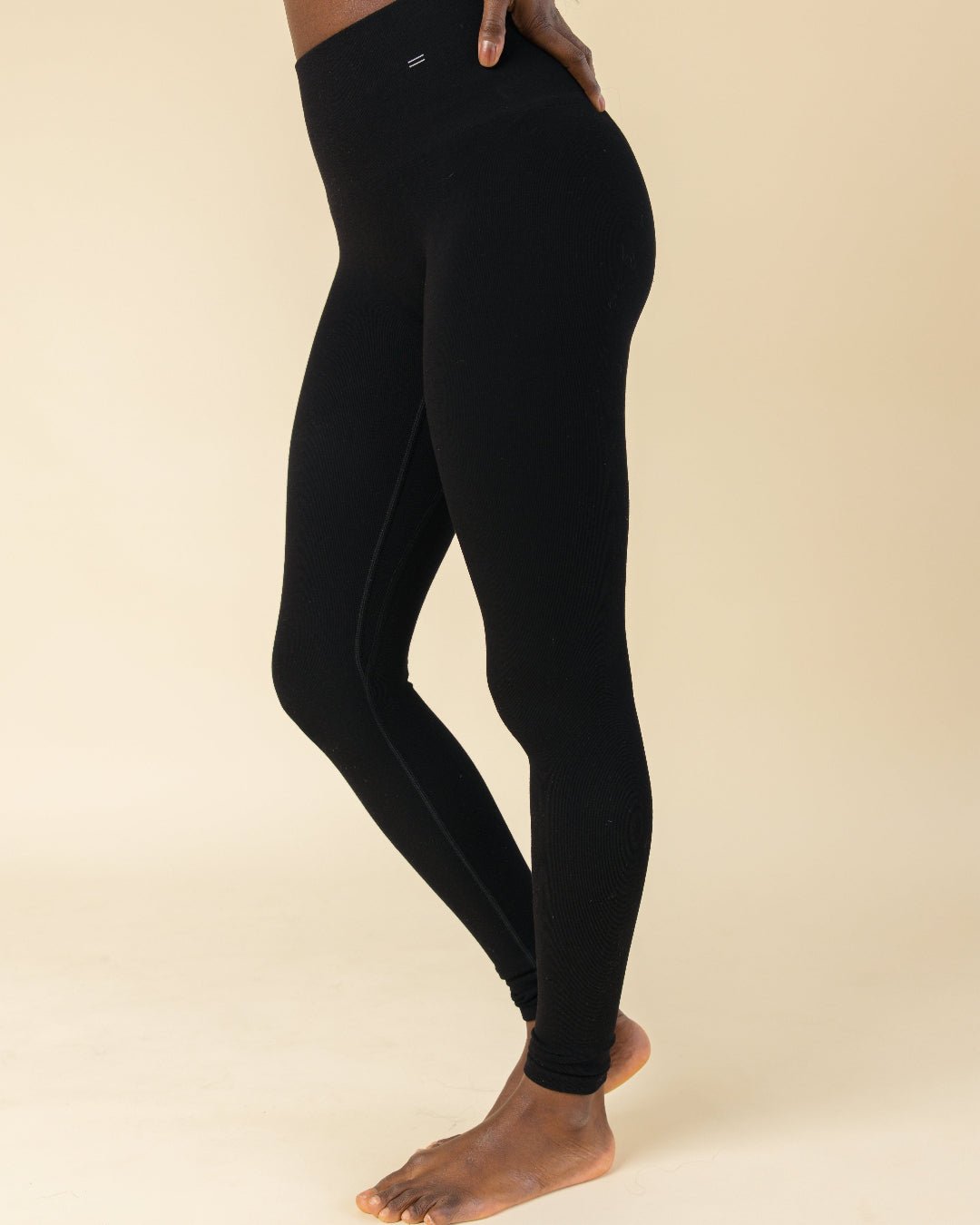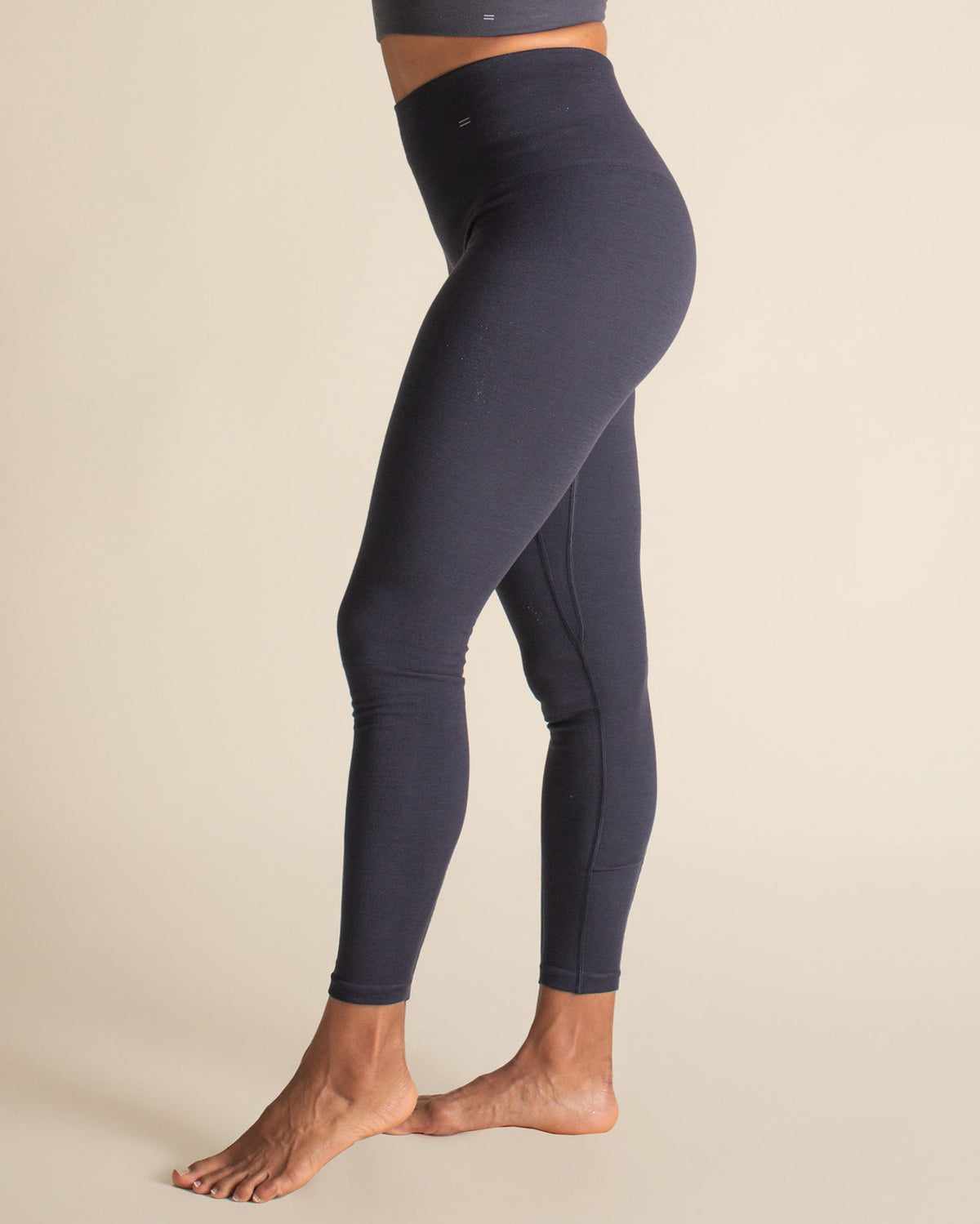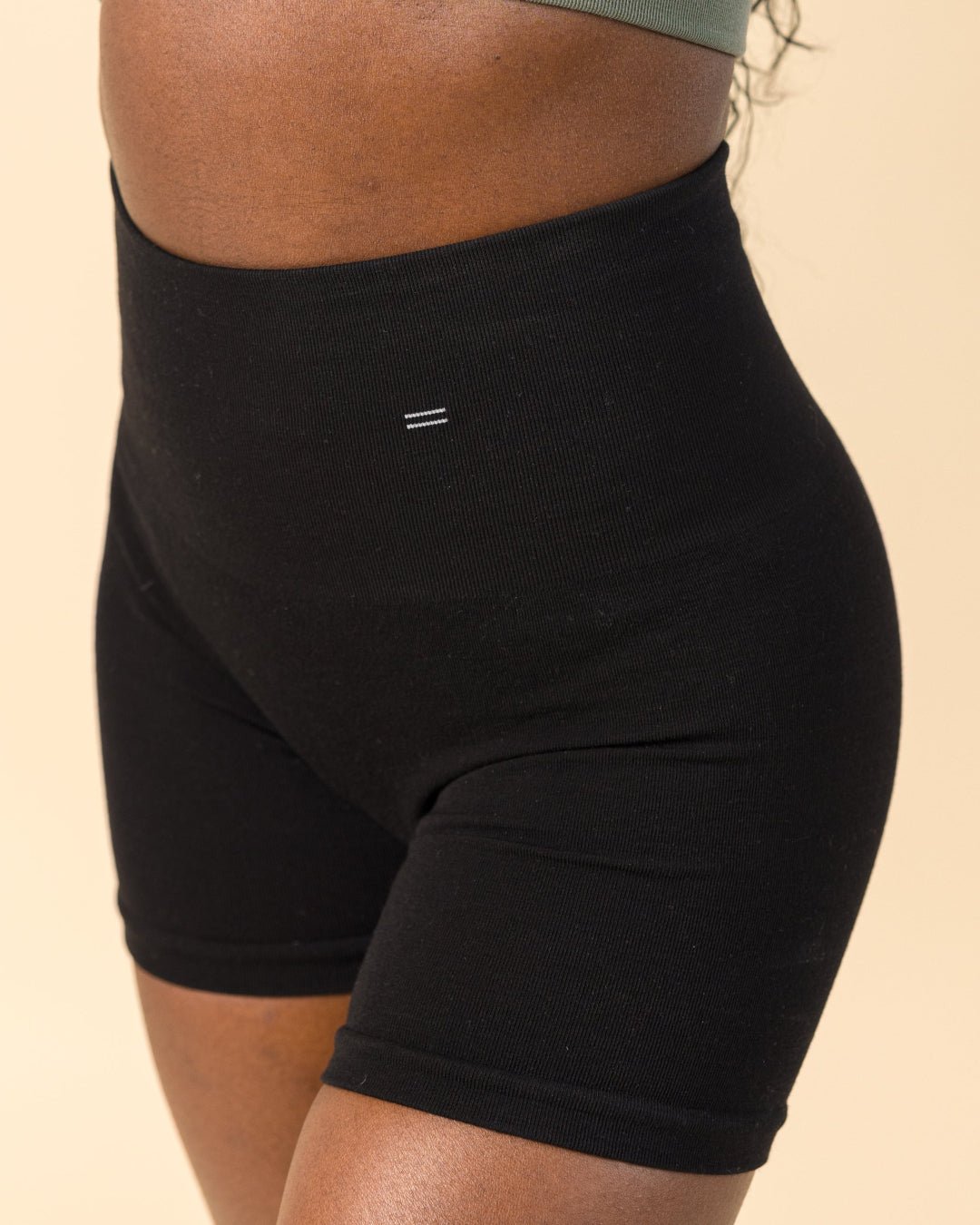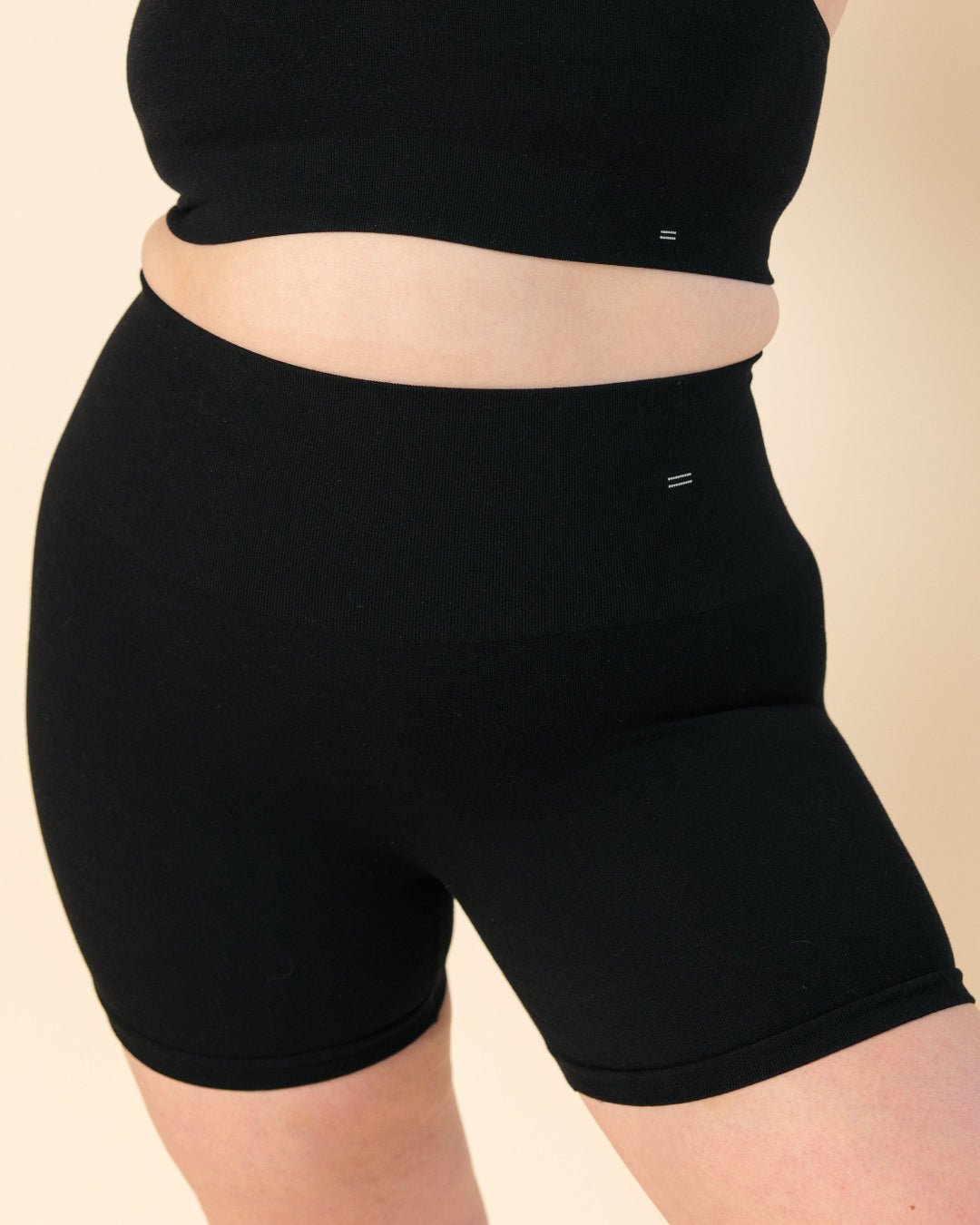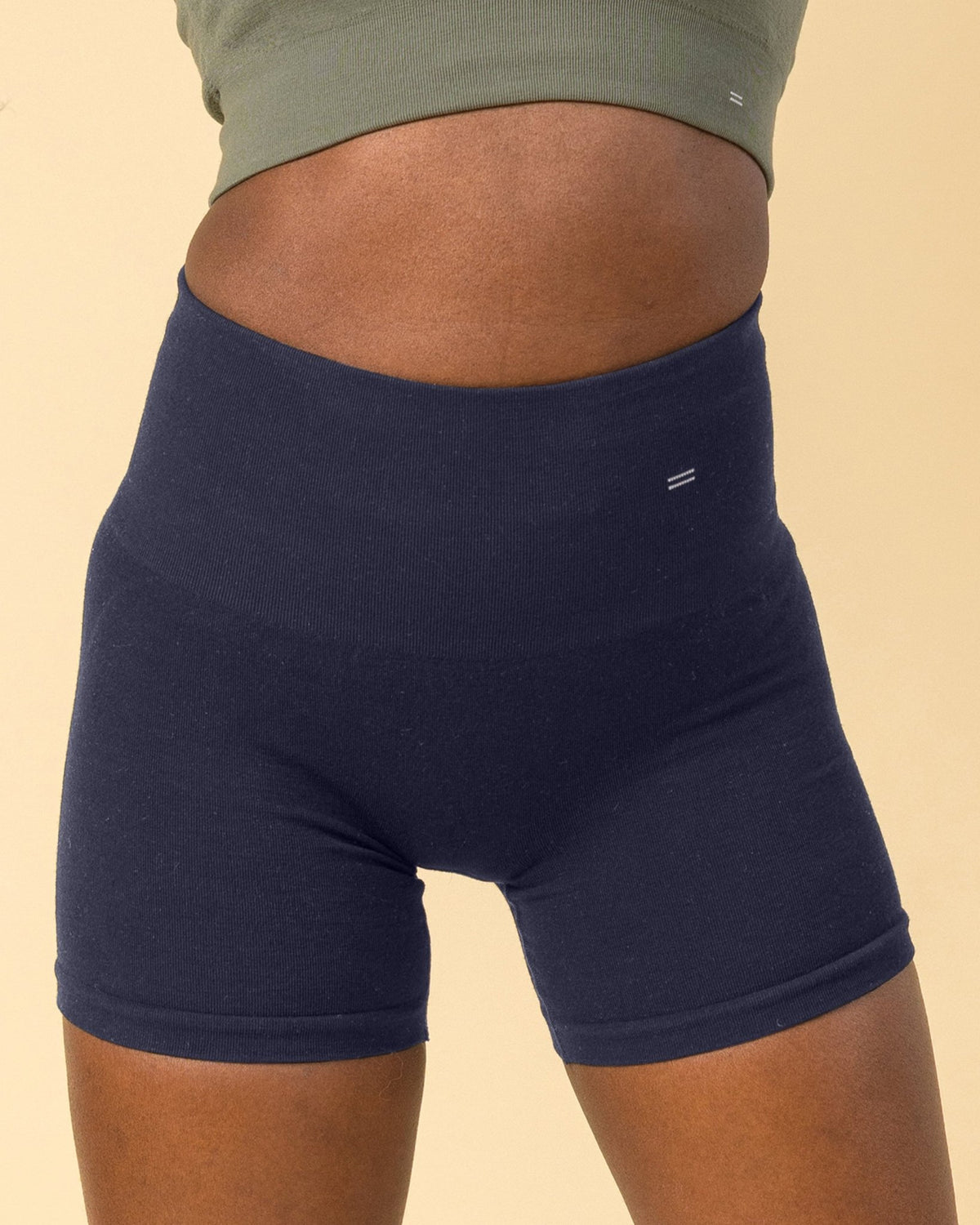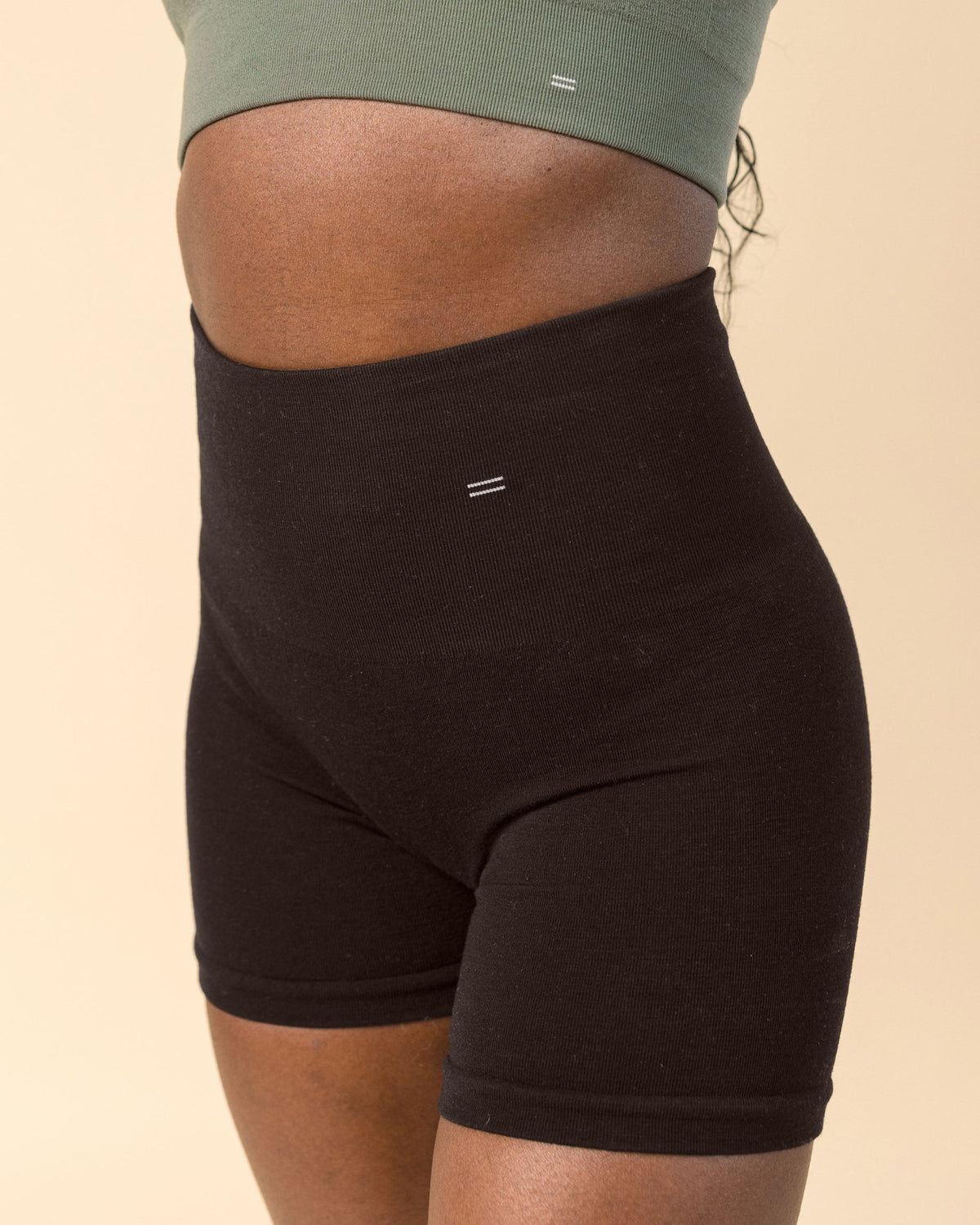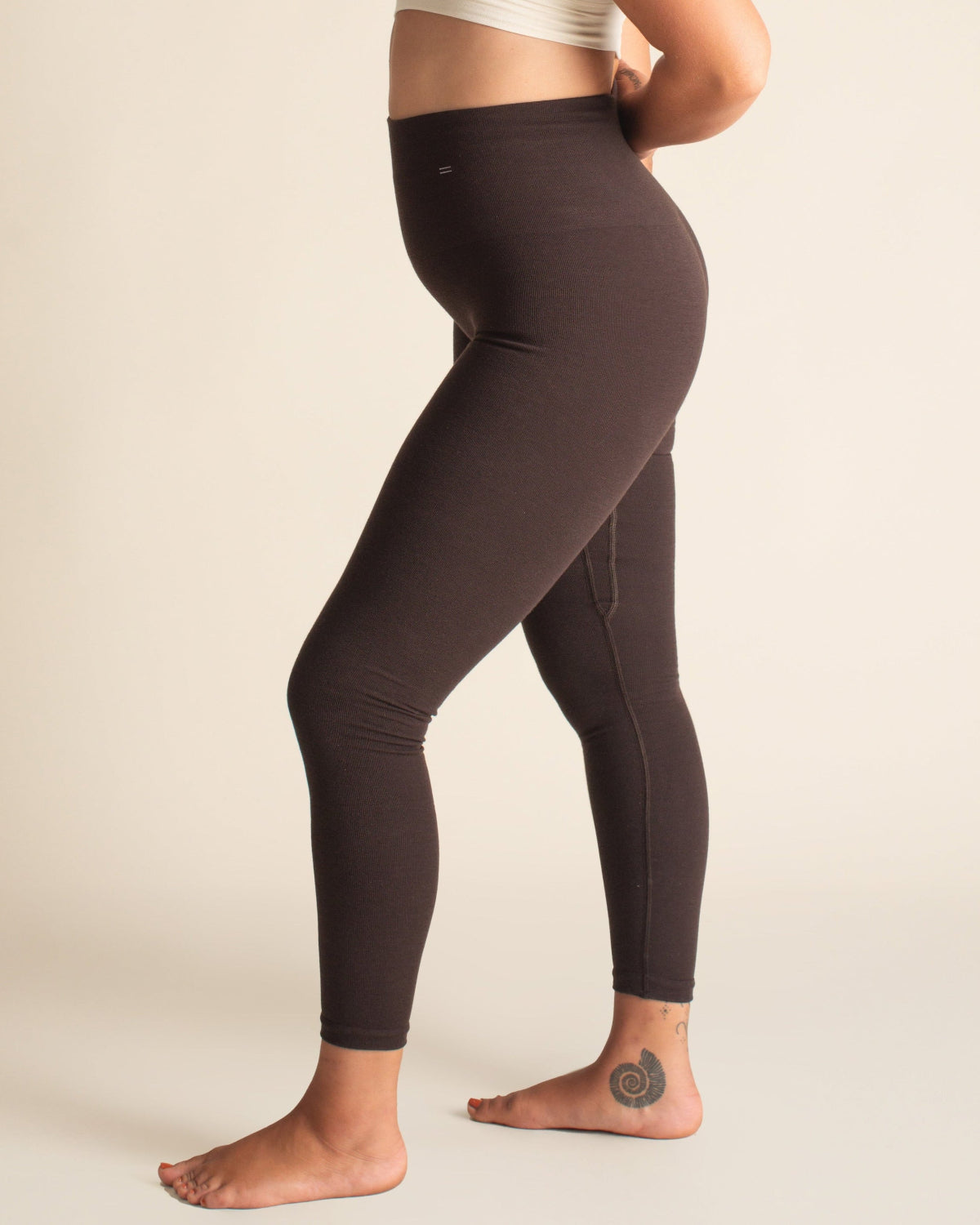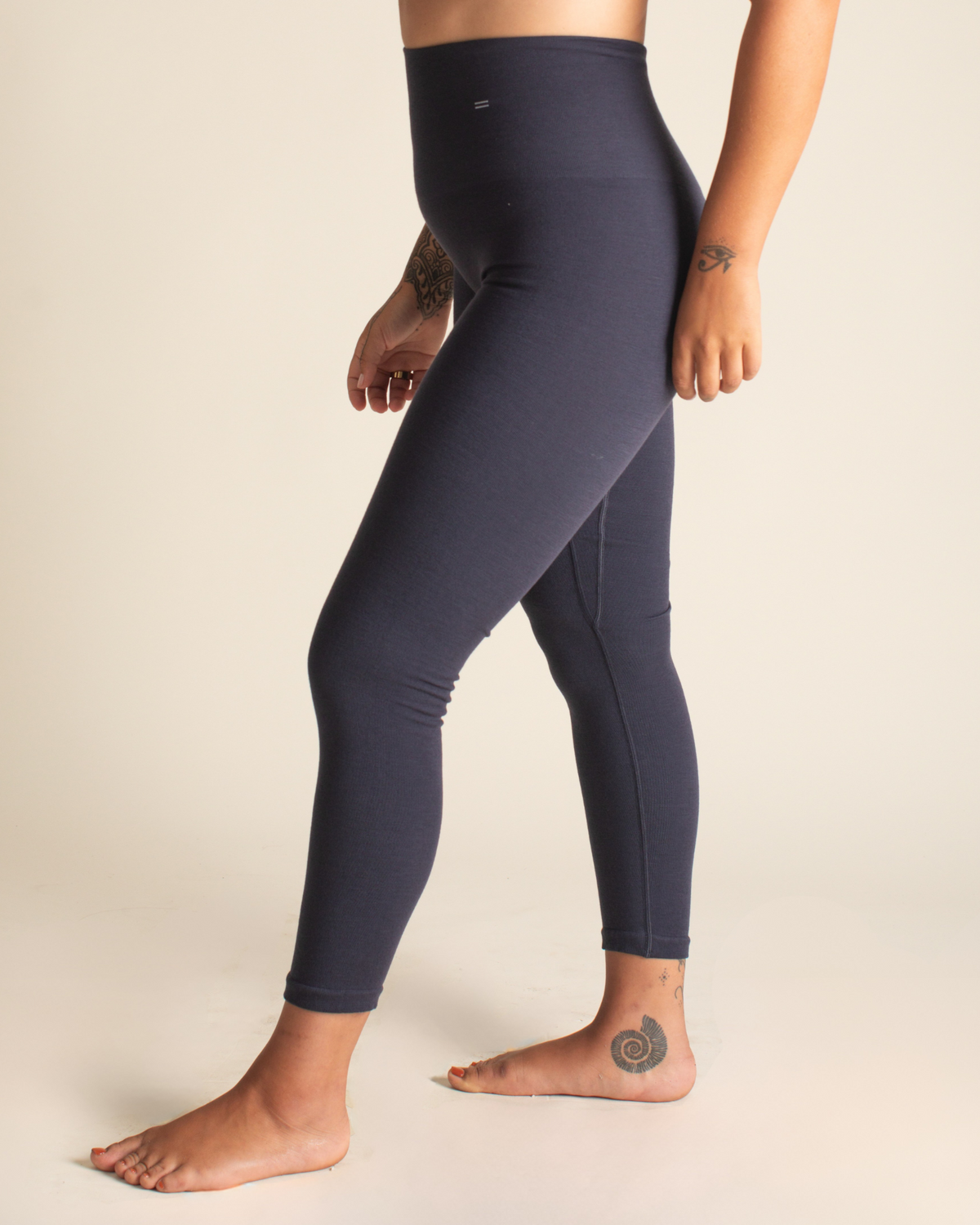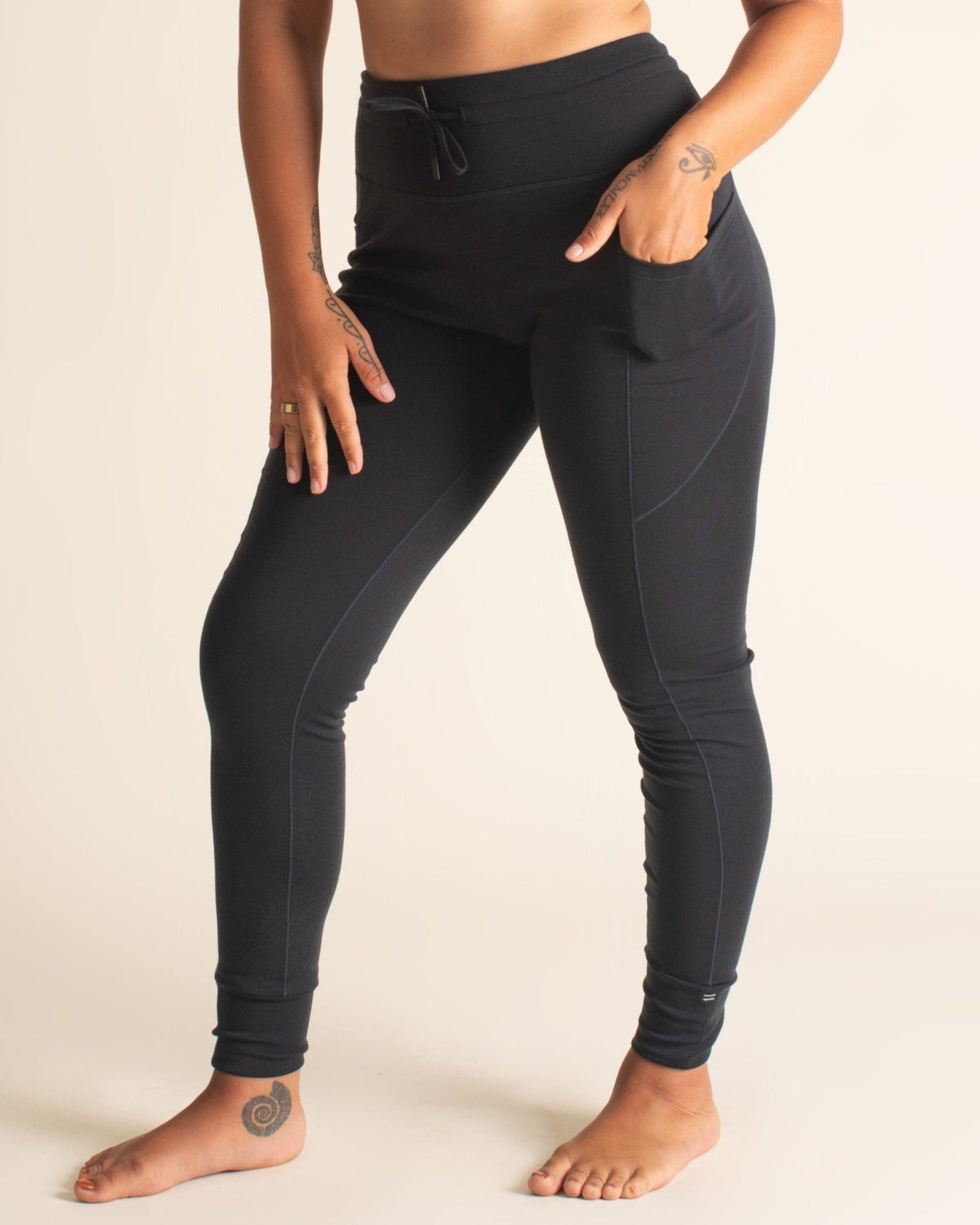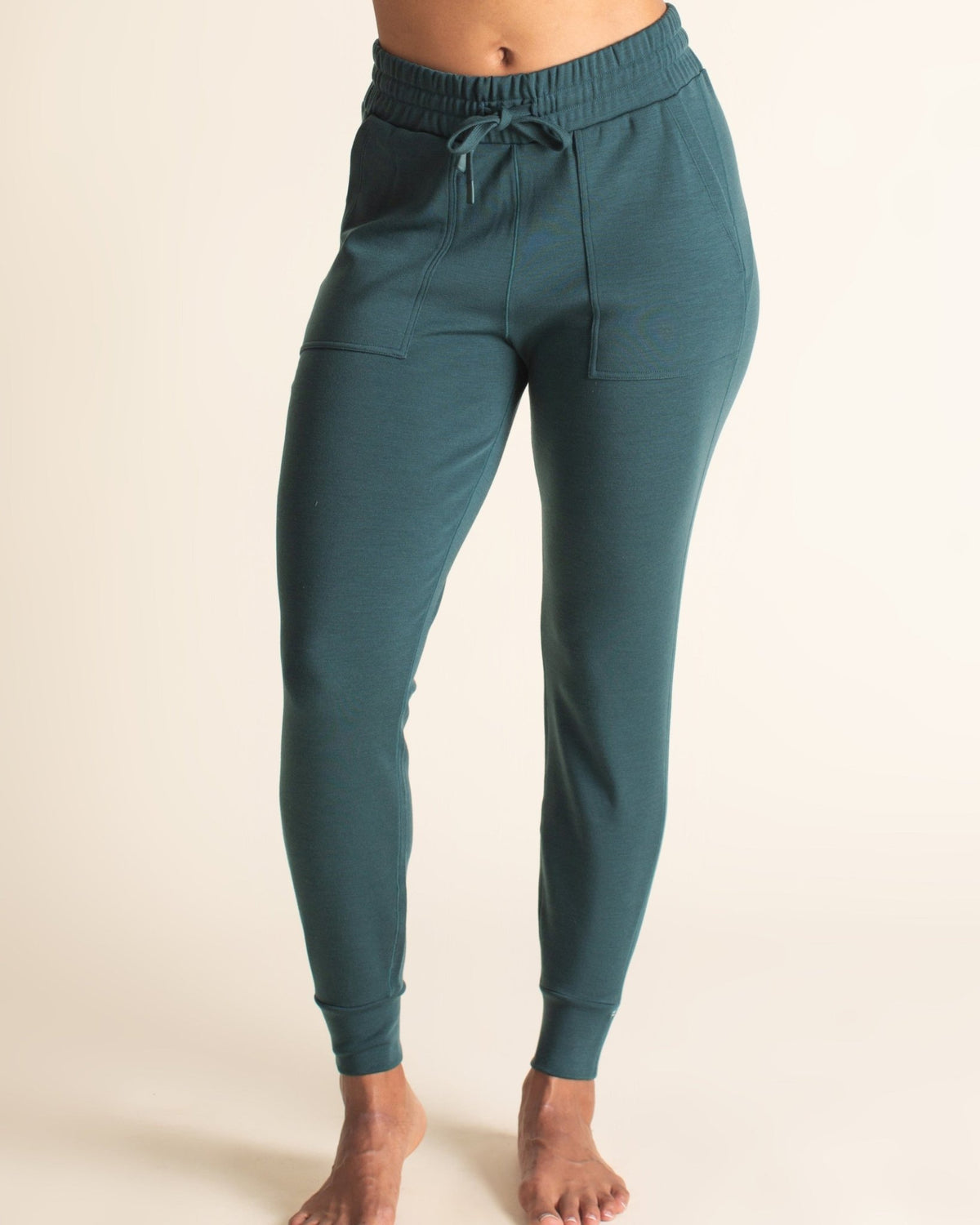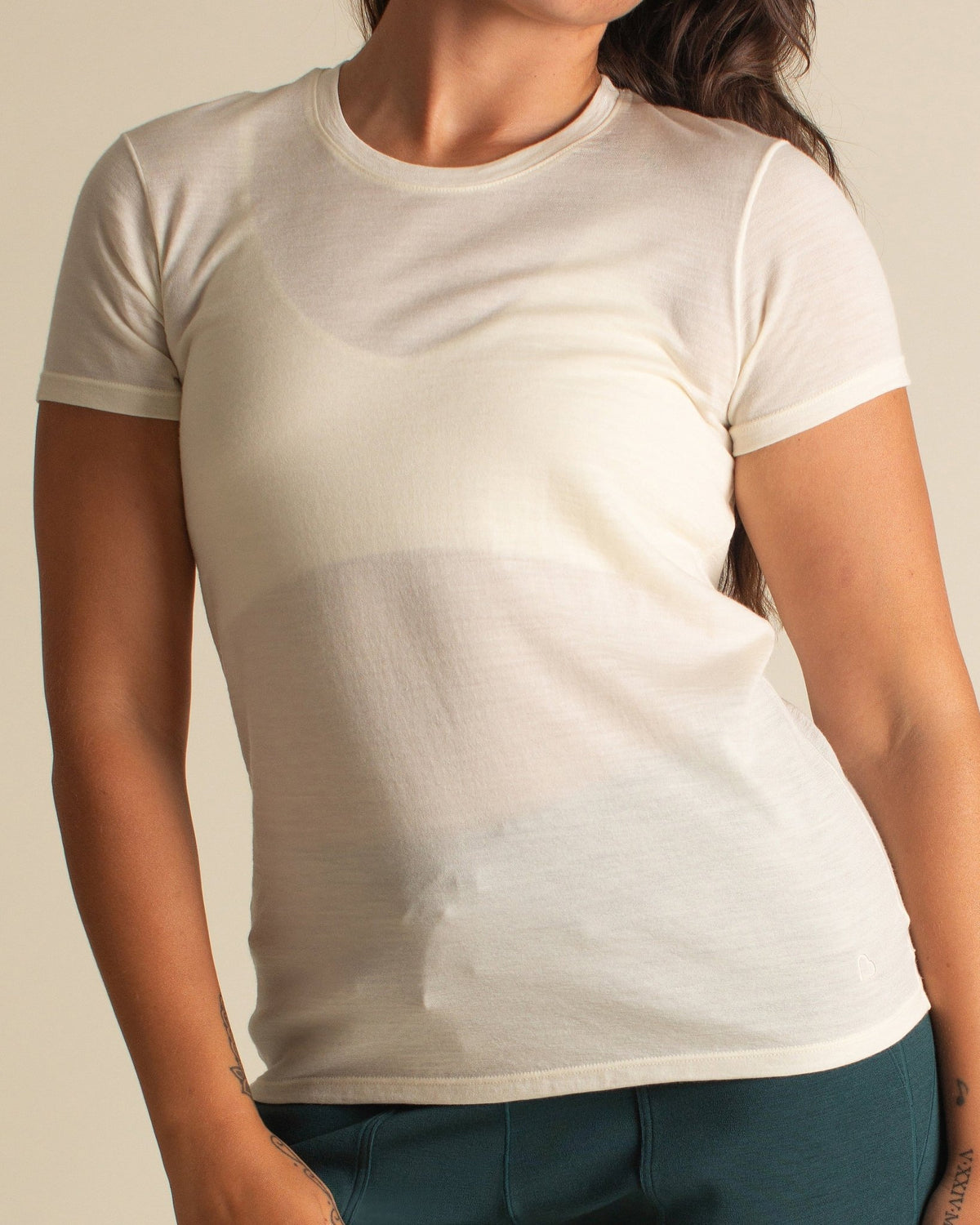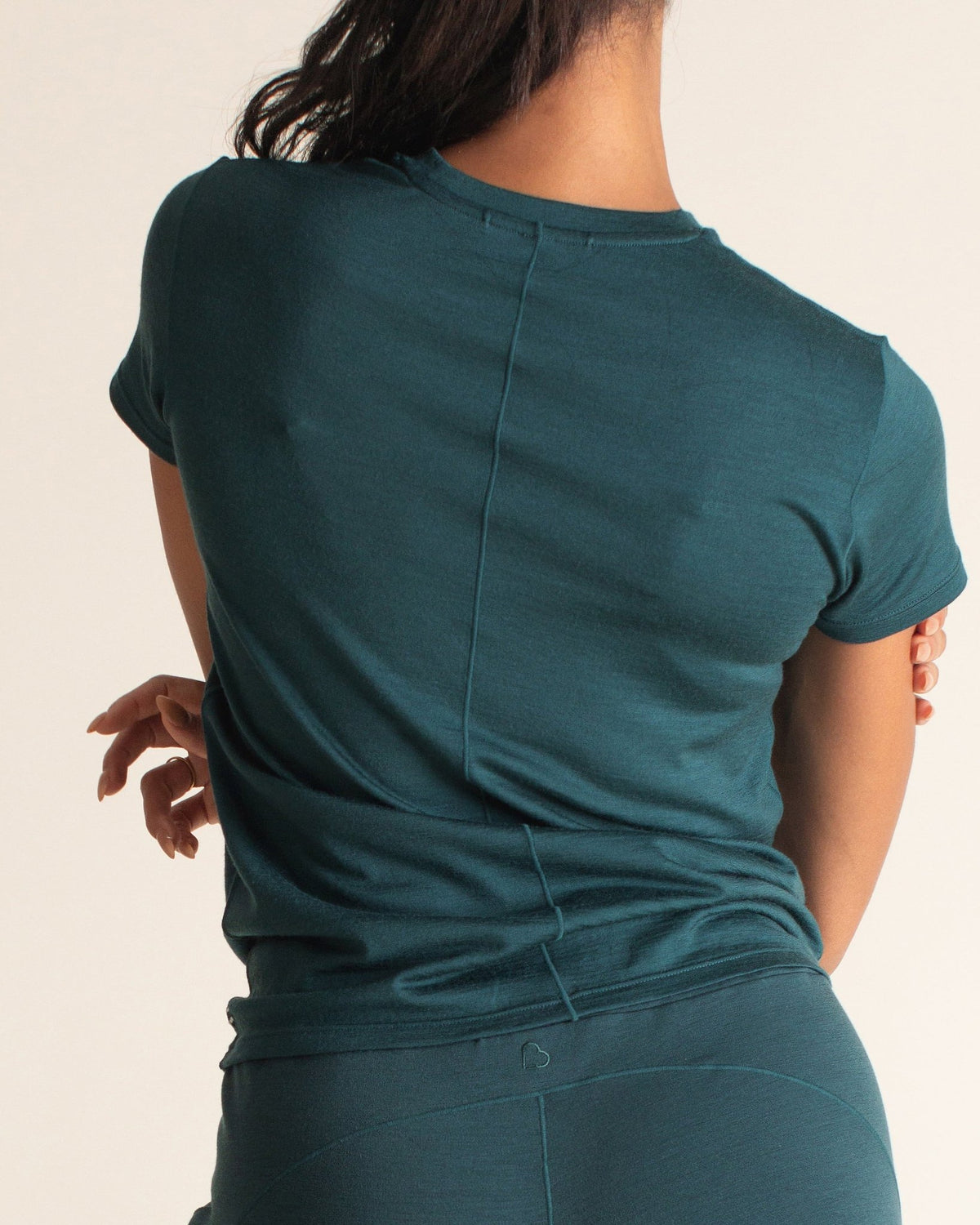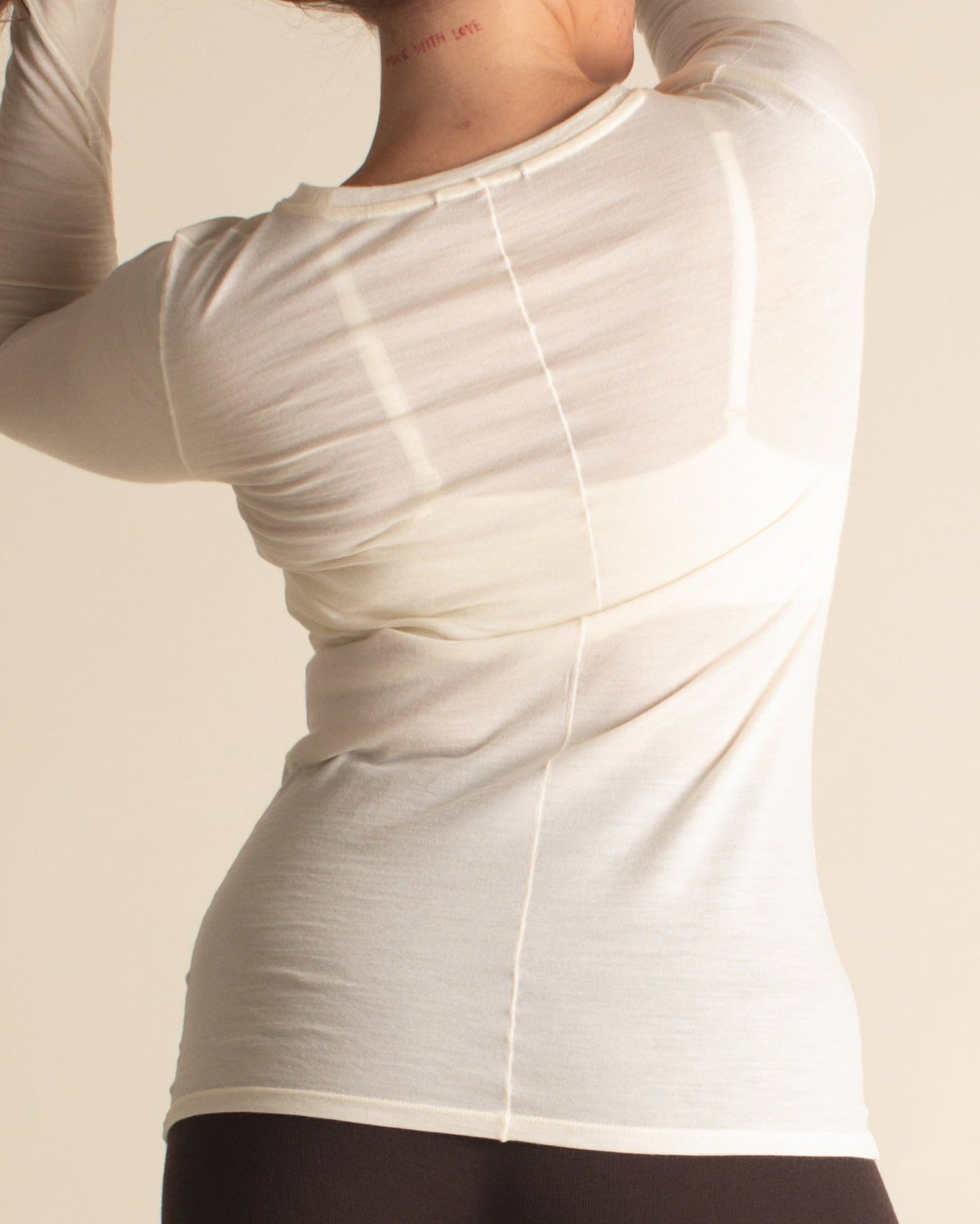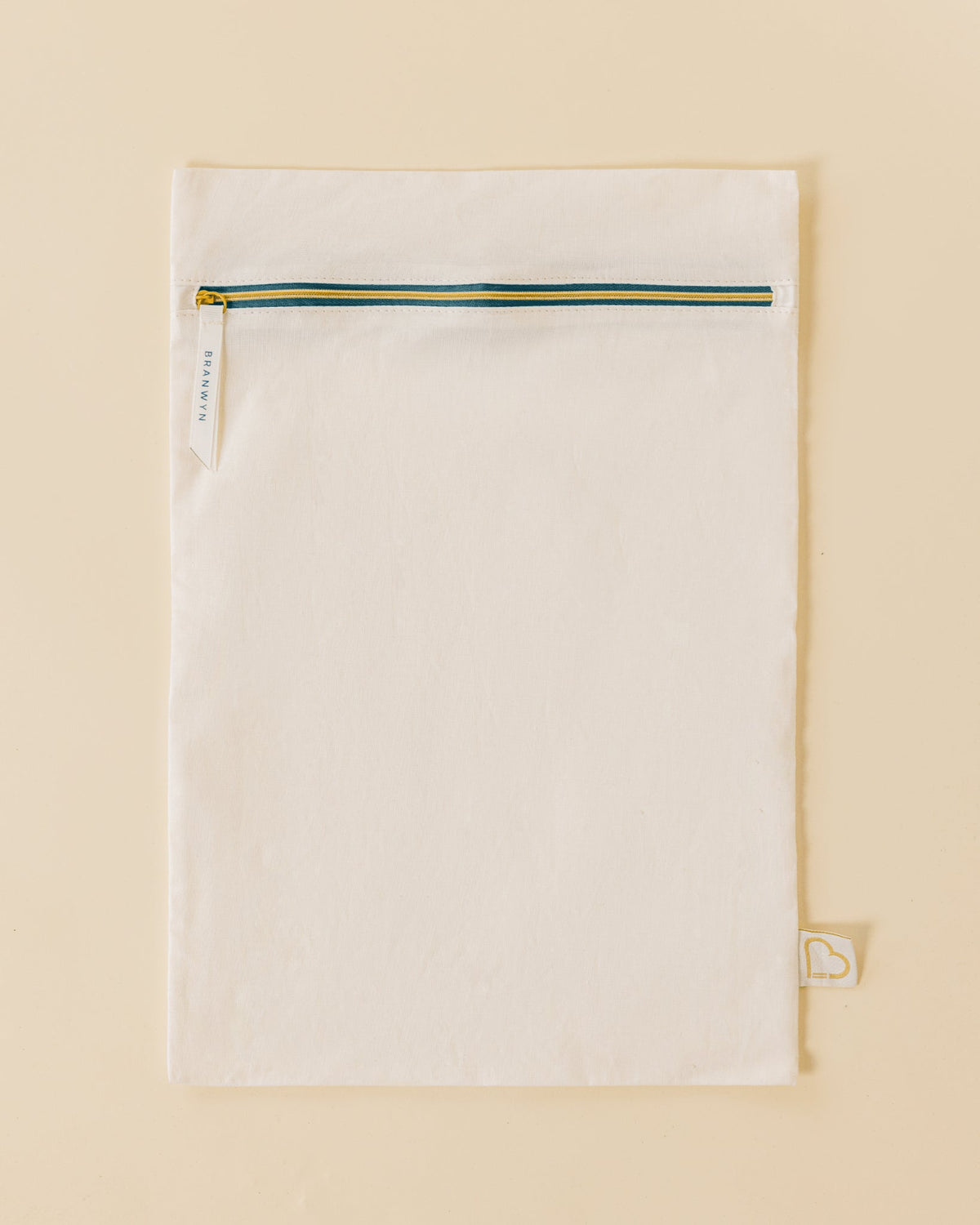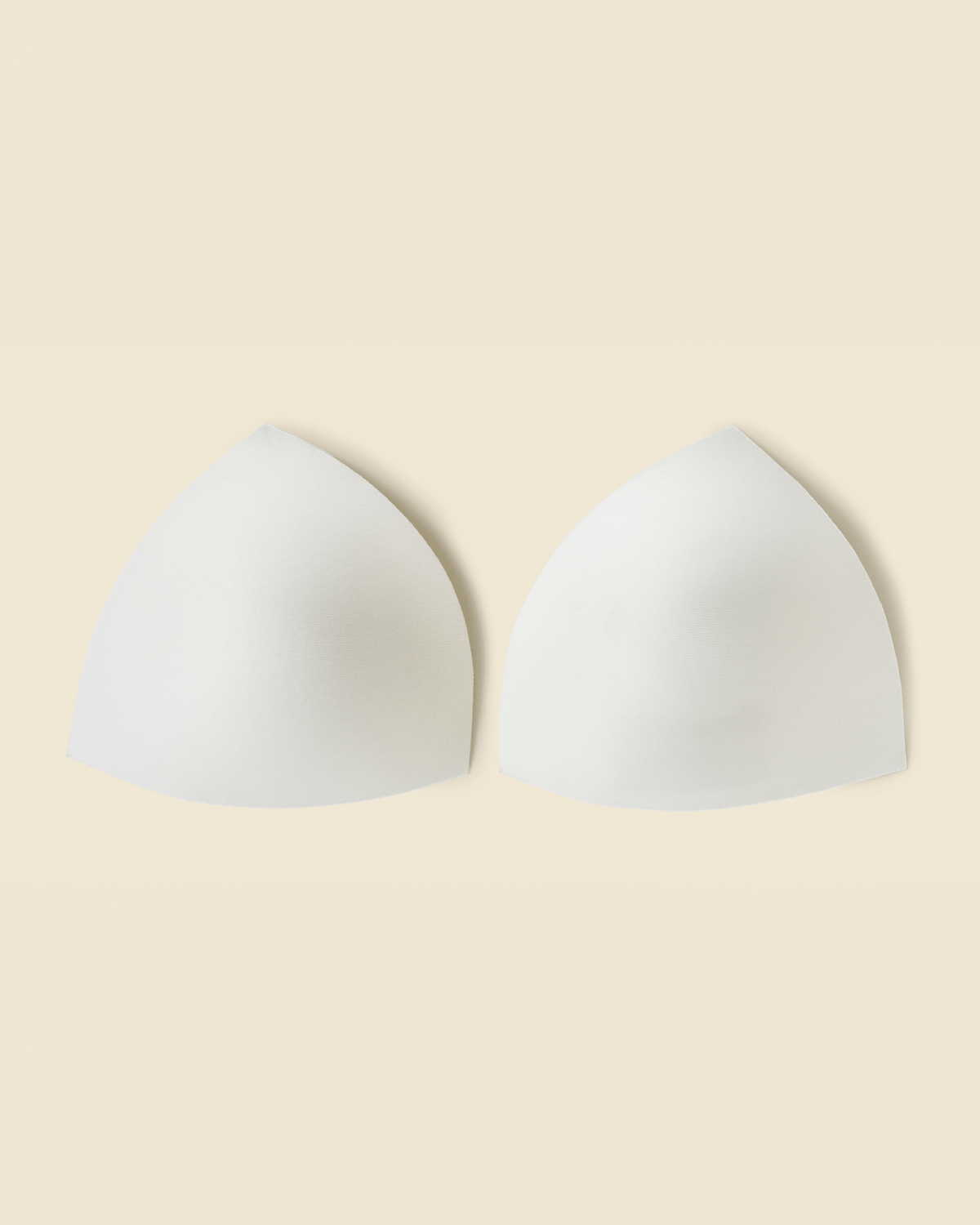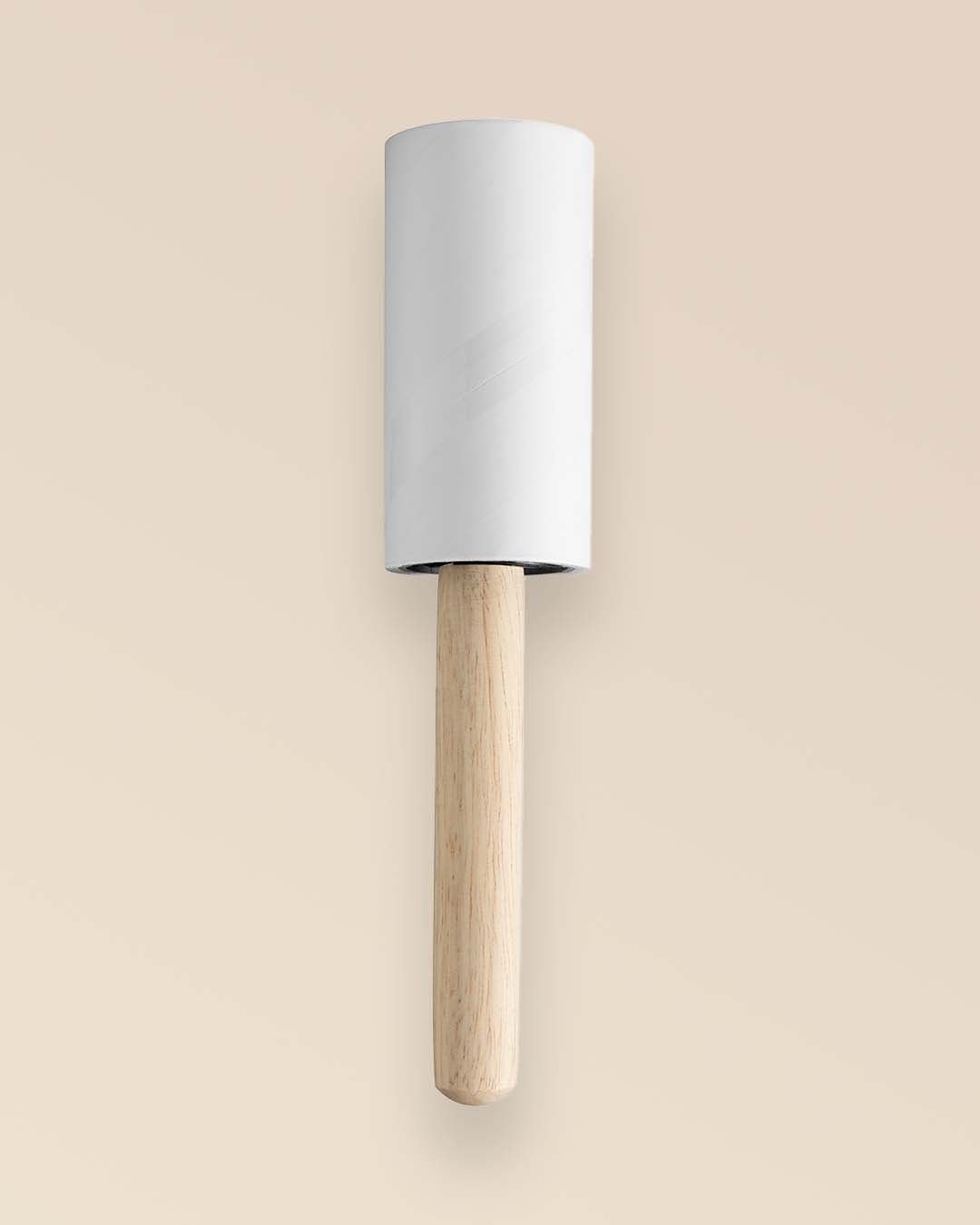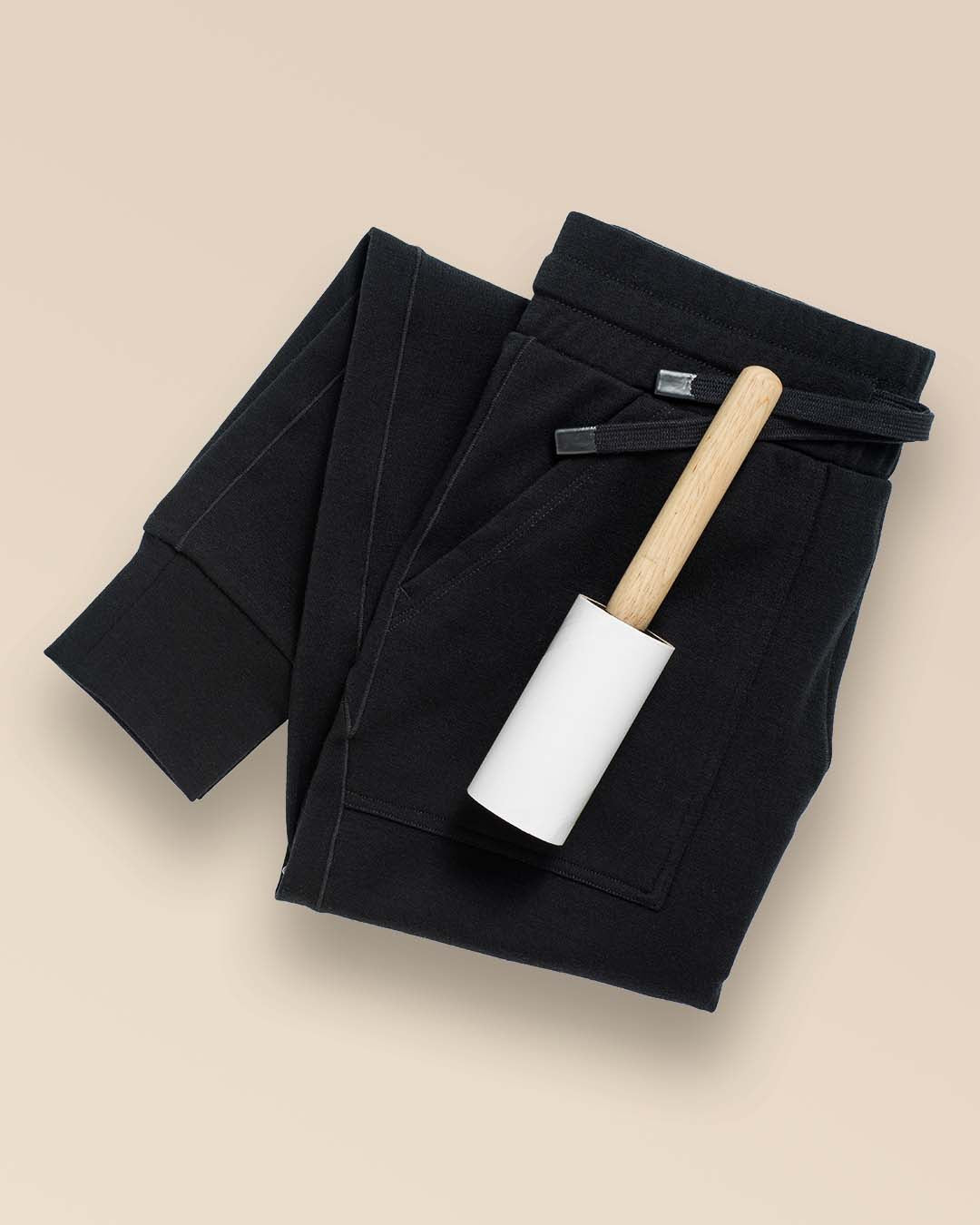Have you ever noticed something in your underwear and thought, “hmm, this looks different” or “is that color… okay?”
When it comes to vaginal discharge, it can be tough to tell what’s normal and what’s cause for concern. That’s because our discharge is constantly changing. It can be different throughout the month due to hormonal fluctuations. It changes with life shifts (think pregnancy and menopause). It’s even impacted by daily factors like diet, hydration, and working out.
One thing is for sure: Discharge is nothing to hide or be ashamed about. In fact, it’s a biological wonder. It helps our vagina clean itself, allows pregnancy to be possible, and makes sex more enjoyable. What’s not to love? Plus, vaginal discharge is often the canary in the coal mine to clue us in when something is wrong down there that needs medical attention.
Read on to learn all about discharge, including expert answers to common questions.
First Things First, What is Discharge?
“Discharge is one of the vagina’s protective mechanisms,” explains Anita Schnapp, MD, PhD, an obstetrician-gynecologist and Ironman athlete based in Saint Louis, MO. “It helps to clean your vagina, wash out foreign bacteria, and keep everything balanced.” Dr. Schnapp says that there’s a misconception that fluids are a sign of a problem, and that’s just not the case. “Not every drop of discharge is a yeast infection,” she explains.

Reproductive Hormones Play a Major Role
According to Dr. Schnapp, the menstrual cycle plays a major role in what ends up in your underwear shifts along with the menstrual cycle. However, those of us who don’t menstruate still experience discharge—more on that later. Here’s how fluctuating reproductive hormones throughout the menstrual cycle lead to a change in discharge throughout the month:
Menstruation: Starting on day 1 of your cycle, the lining of the uterus sheds and releases through the vagina.
Typical discharge: Bloody discharge (red to dark brown) along with clots and mucus-like discharge (cervical mucus) mixed with blood
Follicular Phase: This phase technically overlaps with menstruation and continues for about 10 to 14 days total. Your estrogen rises, signaling to the uterus to grow more lining.
Typical discharge: Milky white, thick, creamy (can look like hand lotion); the amount of discharge usually decreases during this time.
Ovulation: This is when an ovary releases a mature egg thanks to a surge in luteinizing hormone.
Typical discharge: Right before ovulation, discharge will typically increase and “look like an egg white” says Dr. Schnapp. “It’s very stringy and stretchy and easy for sperm to get through.”
Luteal Phase: After ovulation, the egg travels to the uterus. Your body releases progesterone to thicken the uterine lining, helping a fertilized egg to implant.
Typical discharge: During this phase, your discharge will be stiff and paste-like. That’s because if there is a pregnancy, your body wants to create a blockade to keep out bacteria. “I always compare it to that glue that holds together mail flyers in a magazine,” says Dr. Schnapp.

What If I Don’t Menstruate?
There are a number of reasons why women wouldn’t menstruate—and they all affect our discharge. Here are some common reasons and what happens to our discharge:
-
Menopause: Often minimal to no discharge. When present, it may be thin, watery, or yellowish. Some postmenopausal women experience a mustard-yellow discharge, which isn’t dangerous but can be alarming. It’s often treated with vaginal estrogen cream, says Dr. Schnapp.
-
Pregnancy: Rising estrogen and blood flow the pelvic area means discharge usually increases and becomes thin, white, and milky (called leukorrhea).
-
Breastfeeding: High prolactin levels suppress estrogen. Discharge is often reduced or absent, leading to vaginal dryness.
-
Hysterectomy: Some vaginal discharge may still occur due to normal cervical or vaginal secretions. It’s usually less volume and light and clear or white.
-
Excessive exercise: Discharge is often decreased or absent. Vaginal dryness is common.
-
PCOS: “Normal” discharge can vary widely. It may be scant and inconsistent, but some women have chronic creamy, sticky discharge, too.
Red Flags to Watch For
Discharge is normal, but changes in color, smell, or consistency could be signs something is off. Keep an eye out for:
-
Discharge accompanied by pain or irritation
-
Strong or fishy odor: This can be a sign of bacterial vaginosis (BV), trichomoniasis, or a retained foreign object. (Dr. Schnapp says forgotten tampons are more common than you might think).
-
Cottage cheese-like texture: Can be a sign of a yeast infection.
-
Spotting or bleeding outside our period: May be a sign of hormonal imbalance or underlying medical condition like fibroids or endometriosis.
-
Unusual color: Watch out for color changes. Here’s what they might mean
-
Dark yellow: Can indicate an STI like gonorrhea
-
Green: Most commonly linked to trichomoniasis and chlamydia
-
Grey: Common with bacterial vaginosis (BV)
If anything looks, feels, or smells off, it can be tempting to self-diagnose and reach for over-the-counter solutions. However, Dr. Schnapp says, “If you end up treating the wrong thing, it’s going to make the problem worse.” That's why it's a good idea to make an appointment with your healthcare provider.

Rapid Fire “Is This Normal”?
Random (but totally valid) discharge questions—answered.
Can discharge cause holes in your underwear?
Yes, normal discharge is slightly acidic and can bleach or fade dark fabric over time.
Is it weird to feel wetter after a workout?
Nope. “With movement and motion, you may get more discharge coming out of the vagina,” says Dr. Schnapp. “Plus, it mixes with sweat, so everything can feel wetter.”
Is it normal to have no discharge at all?
It can be—especially if you’re on birth control, breastfeeding, or postmenopausal. But if it’s sudden or comes with dryness or pain, check in with your doc.
Does diet affect discharge?
Sometimes. Dehydration, acidic foods, or certain medications can make a difference.
Why do I have more discharge than my friends?
Because you’re you. “Women respond differently to hormones,” says Dr. Schnapp. “ Some women get PMS, some women don't. Some women get that pimple before their period. Some women don't. Some have more discharge. Some women don't.”
 Quick Tips for Staying Balanced
Quick Tips for Staying Balanced
The number-one rule of vaginal health is to let it do its thing. In an effort to “correct” something that doesn’t need fixing, using douches, and sprays can throw our vagina’s delicate balance out of whack. “Most of the time when women come in and they’re worried about an odor, there isn’t one,” says Dr. Schnapp. “They are just a little over-aware of themselves. I’m up close and personal and I can tell you—there’s no odor.”
With that in mind, here are some tips to keep everything in working order:
-
Try naturally moisture-wicking Merino Performance Innerwear (briefs and leggings)
-
Take a daily probiotic
-
Skip any all and scented stuff
-
Shower more frequently if odor is an issue
-
Explore pelvic floor therapy if you leak during exercise
-
Try cornstarch powder on your thighs (never in the vagina) if excessive sweat is bothering you

The Bottom Line
Vaginal discharge isn’t something to feel weird about. It’s just part of how your body takes care of itself. “Discharge is one of the vagina’s natural defense mechanisms. It’s not a problem to solve—it’s a message to understand,” says Dr. Schnapp.
Got more questions or discharge fun facts? We’d love to hear from you. Please DM us anytime at @branwynofficial or email us at info@branwyn.com. Remember, we’re a women-led brand, built to support other women. Nothing is TMI!











